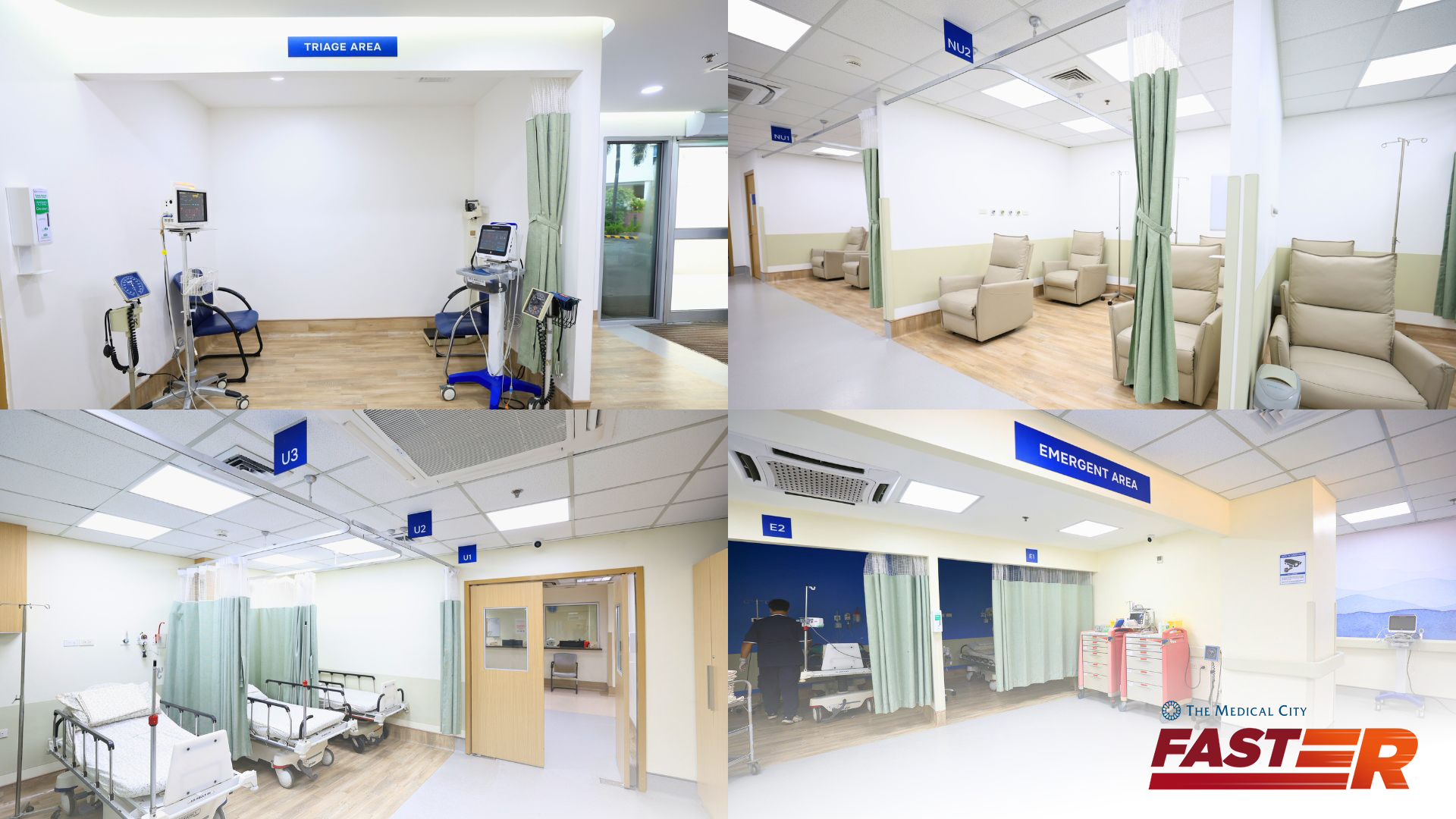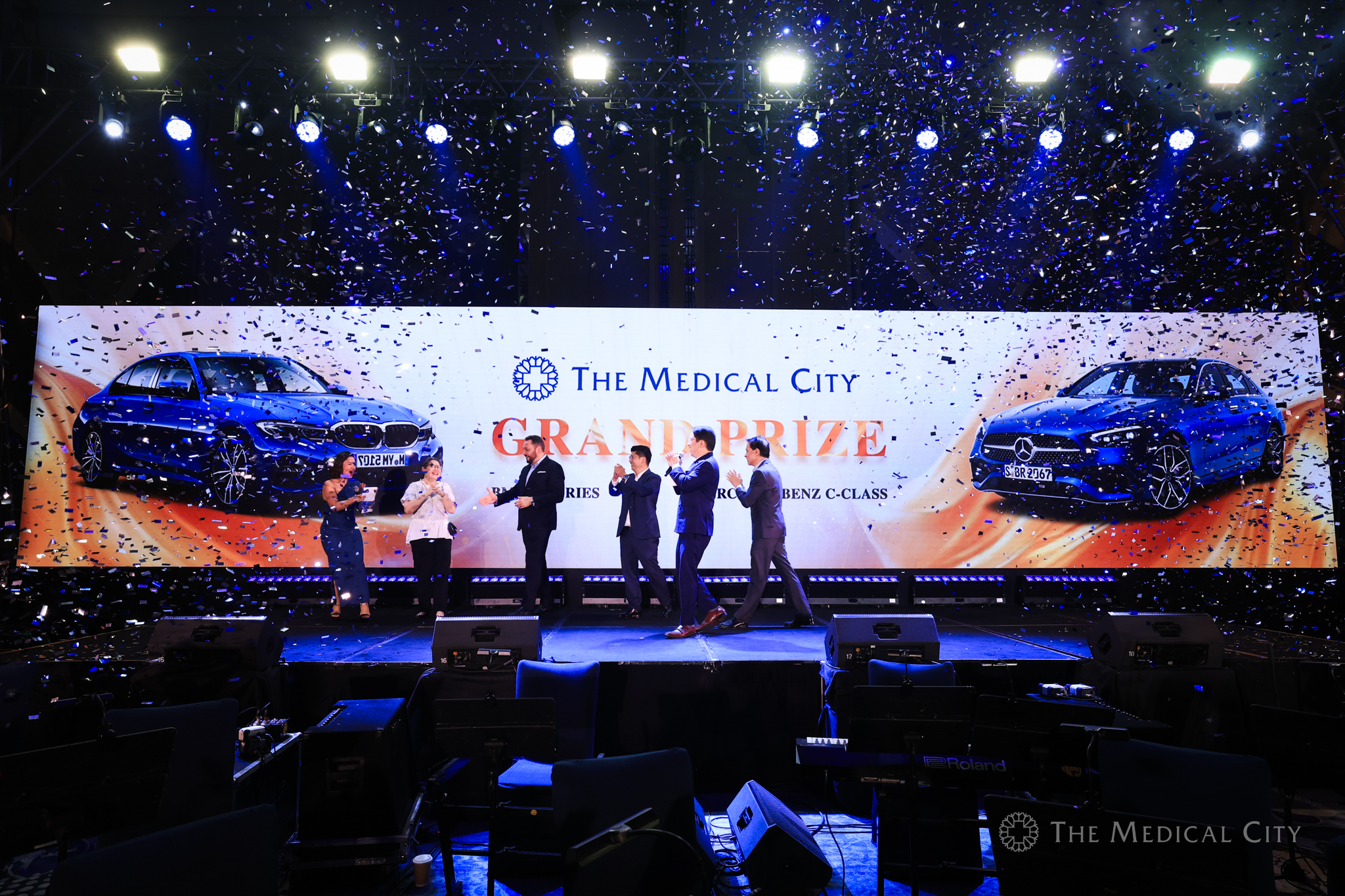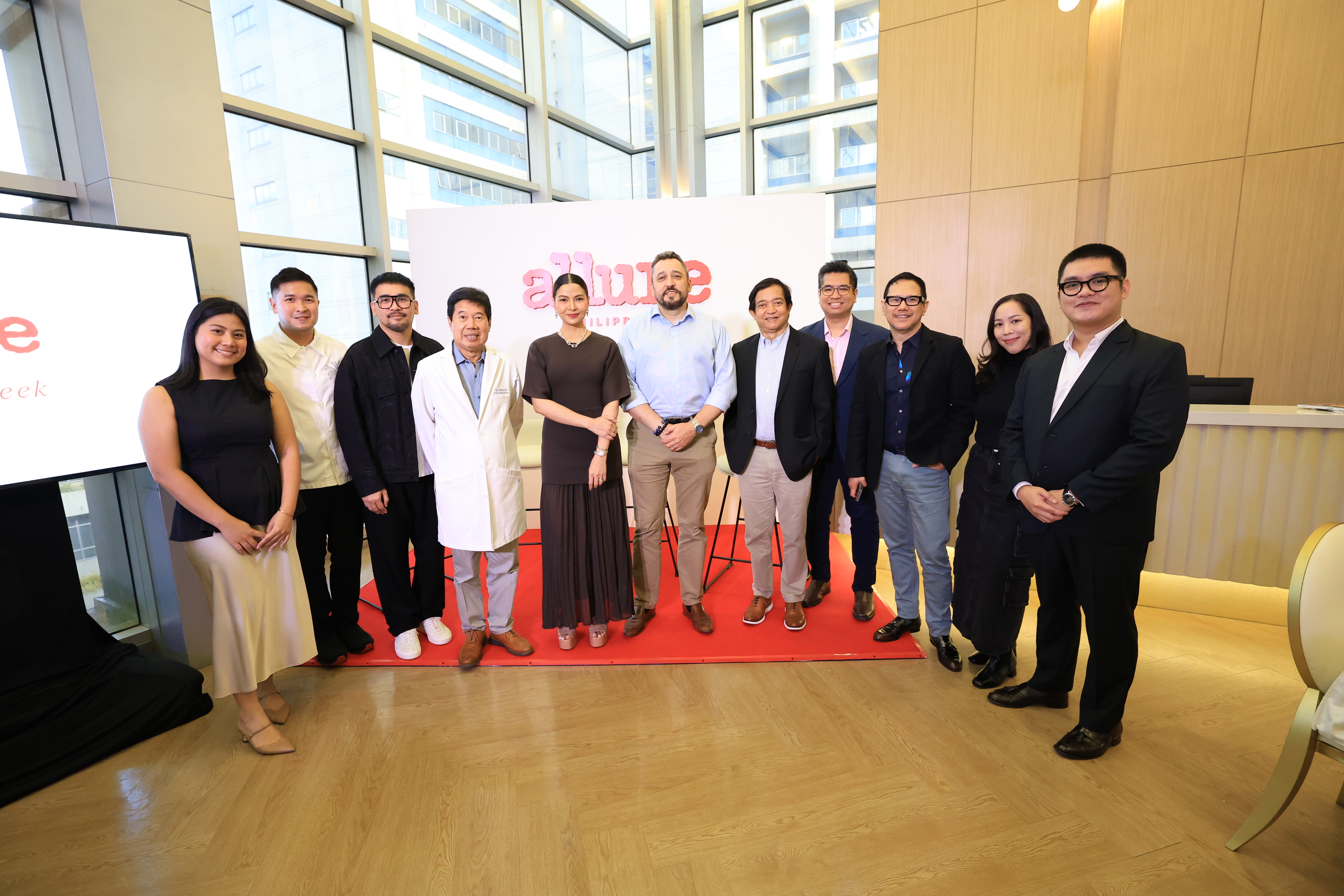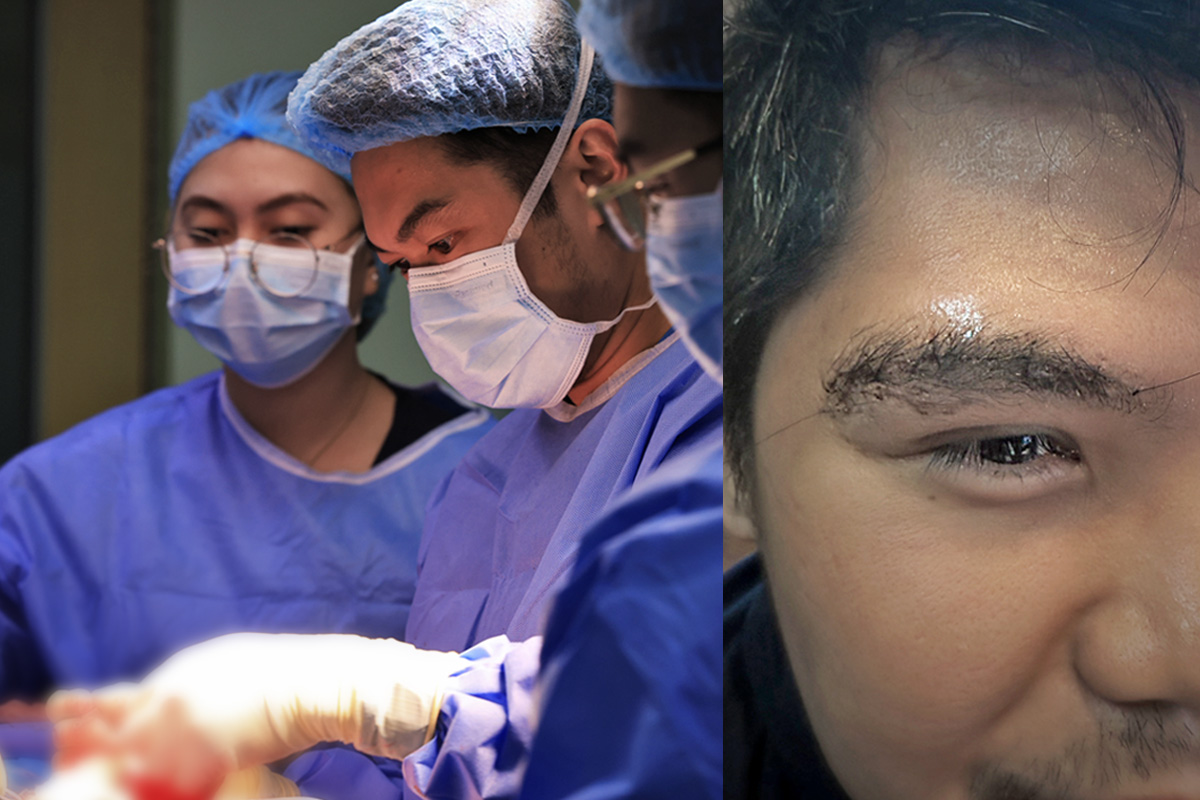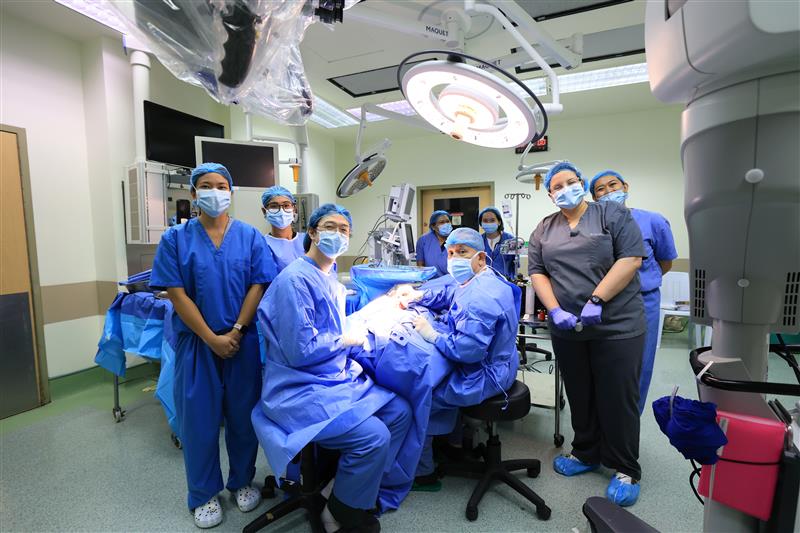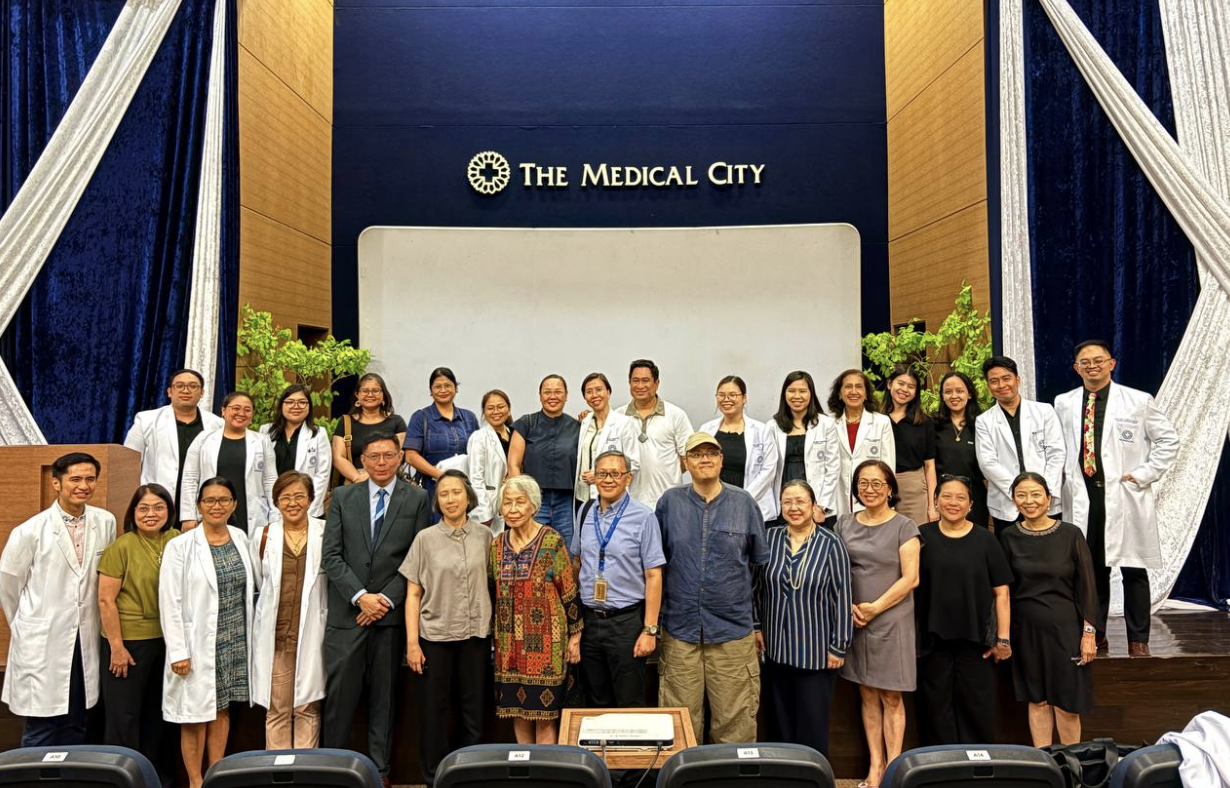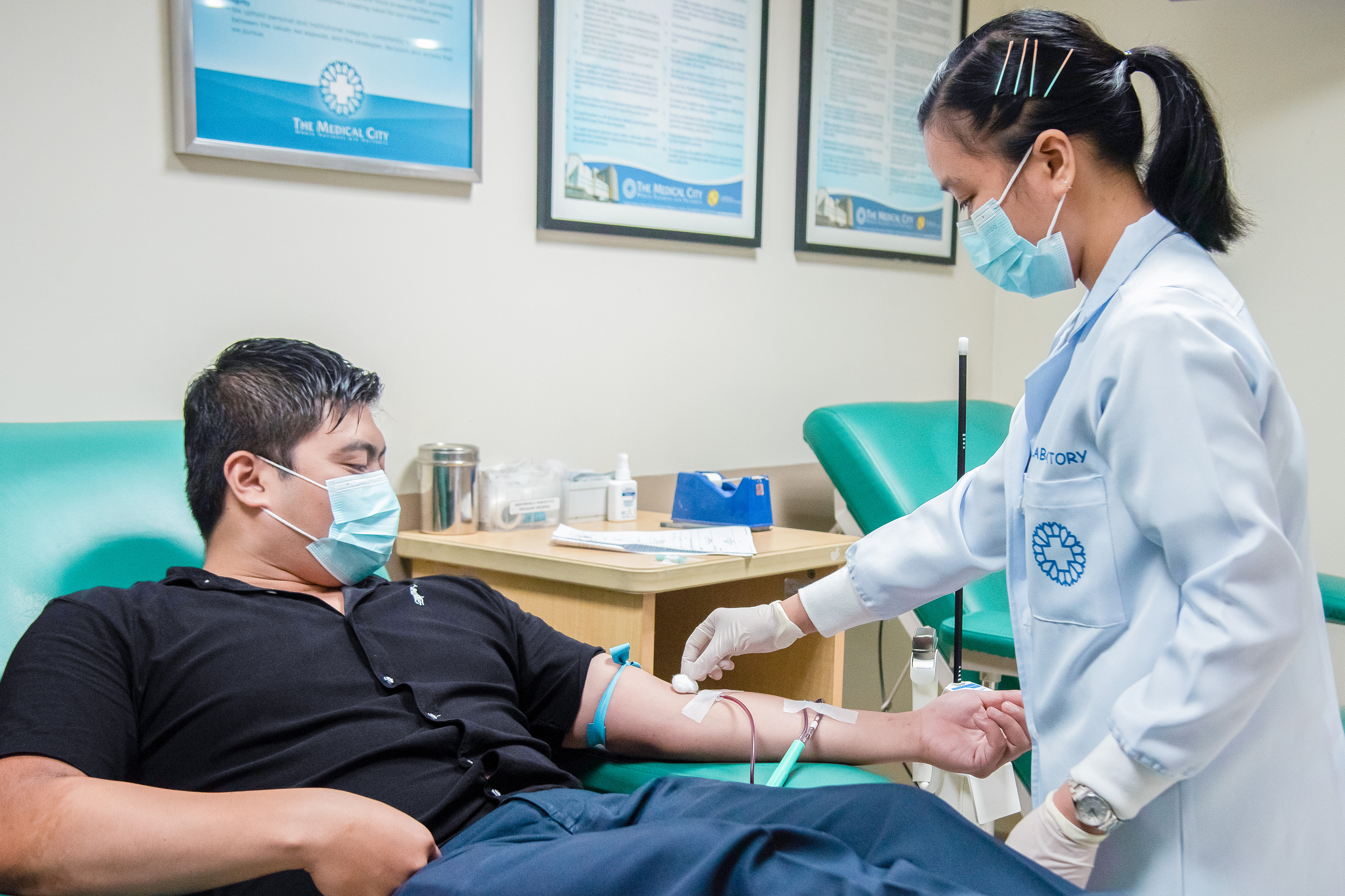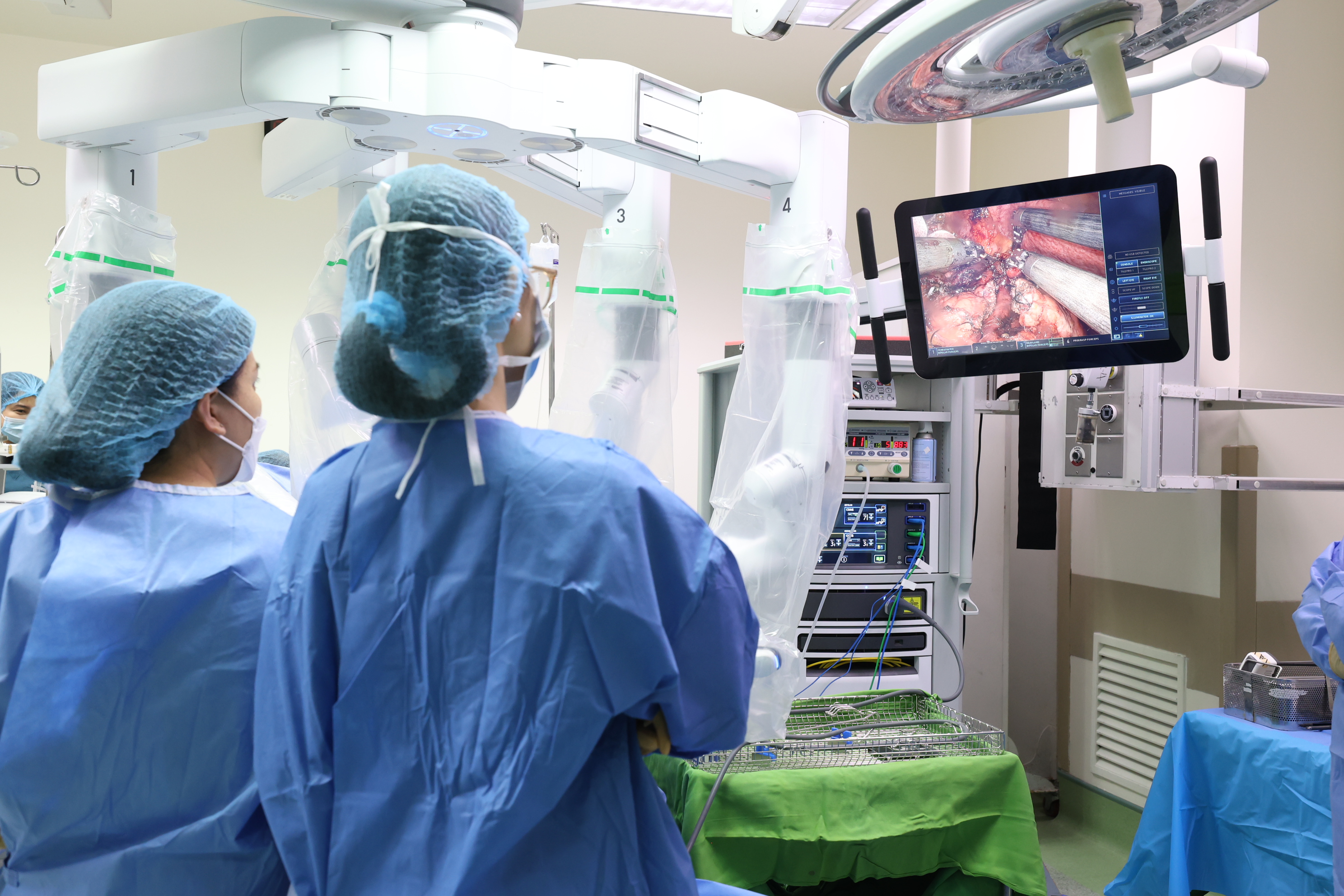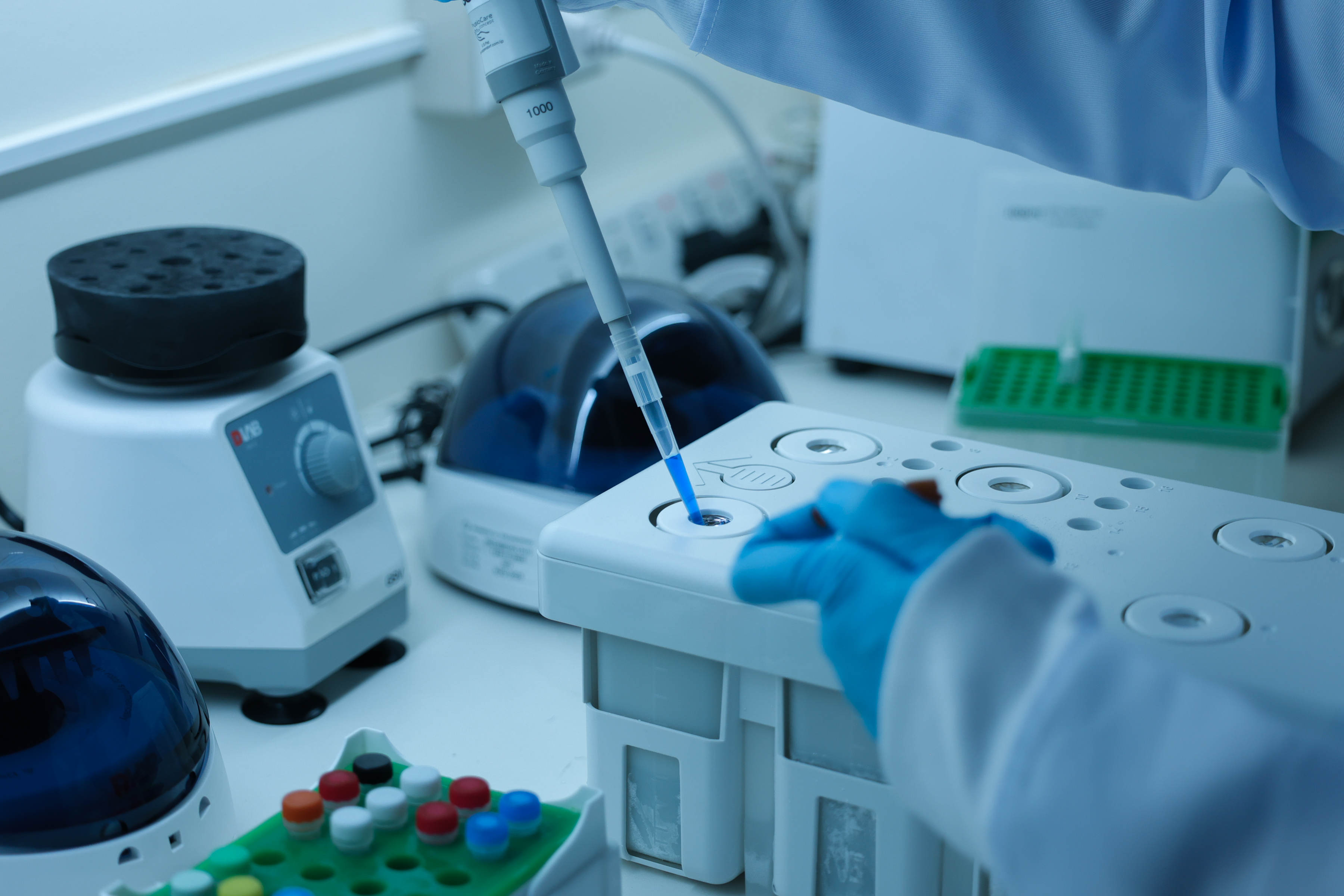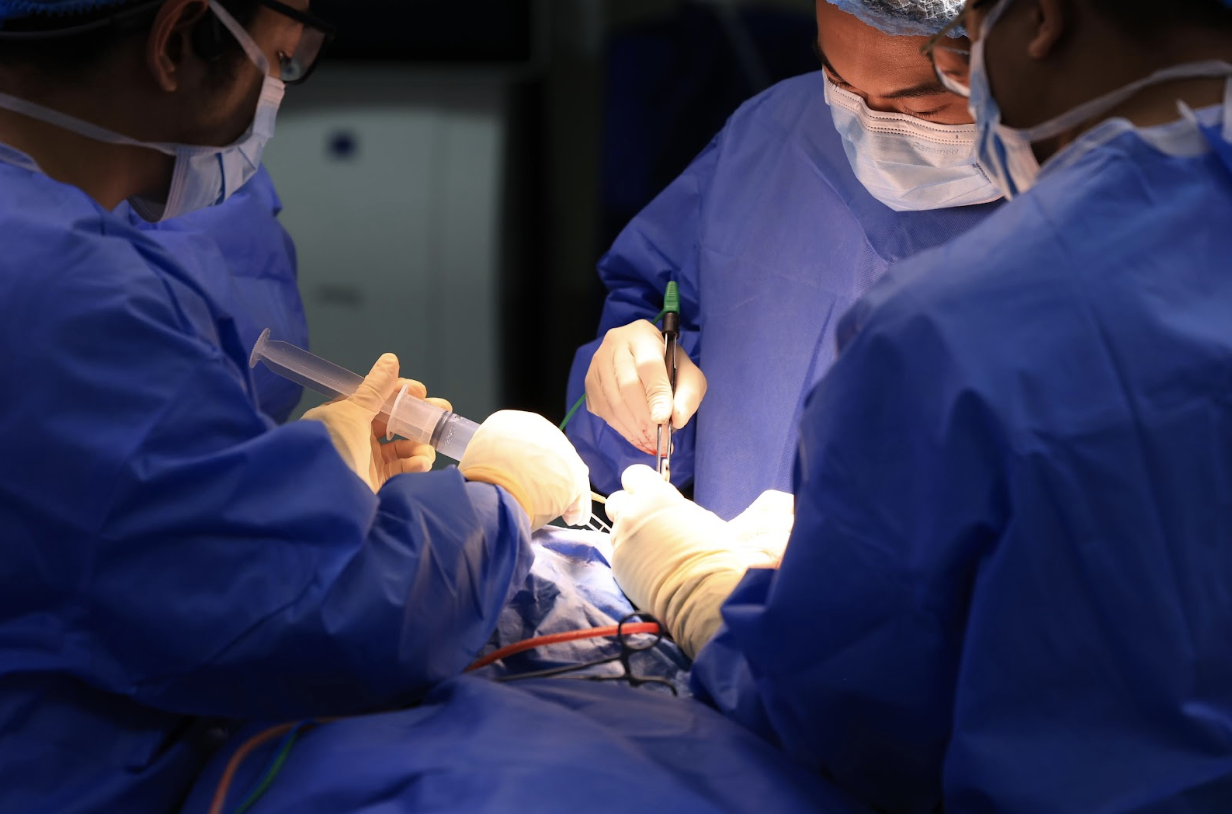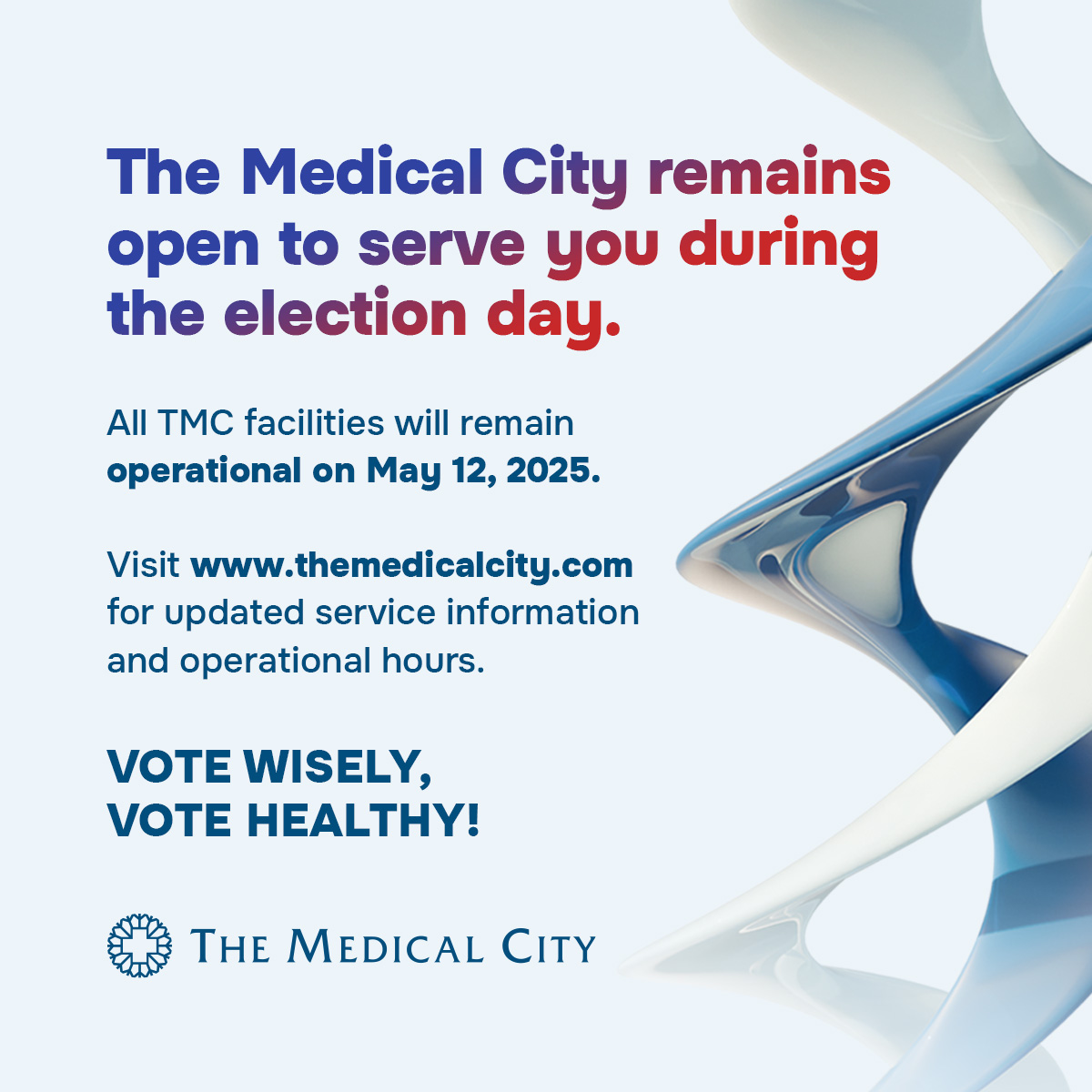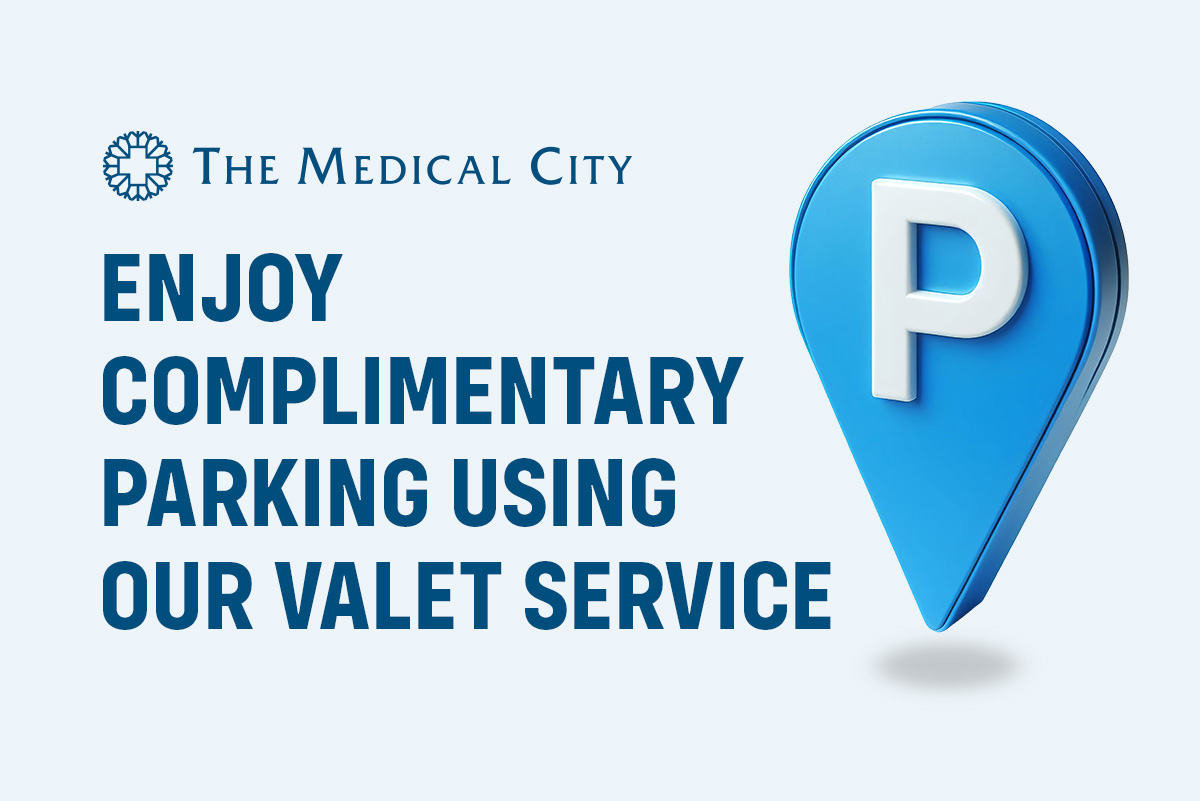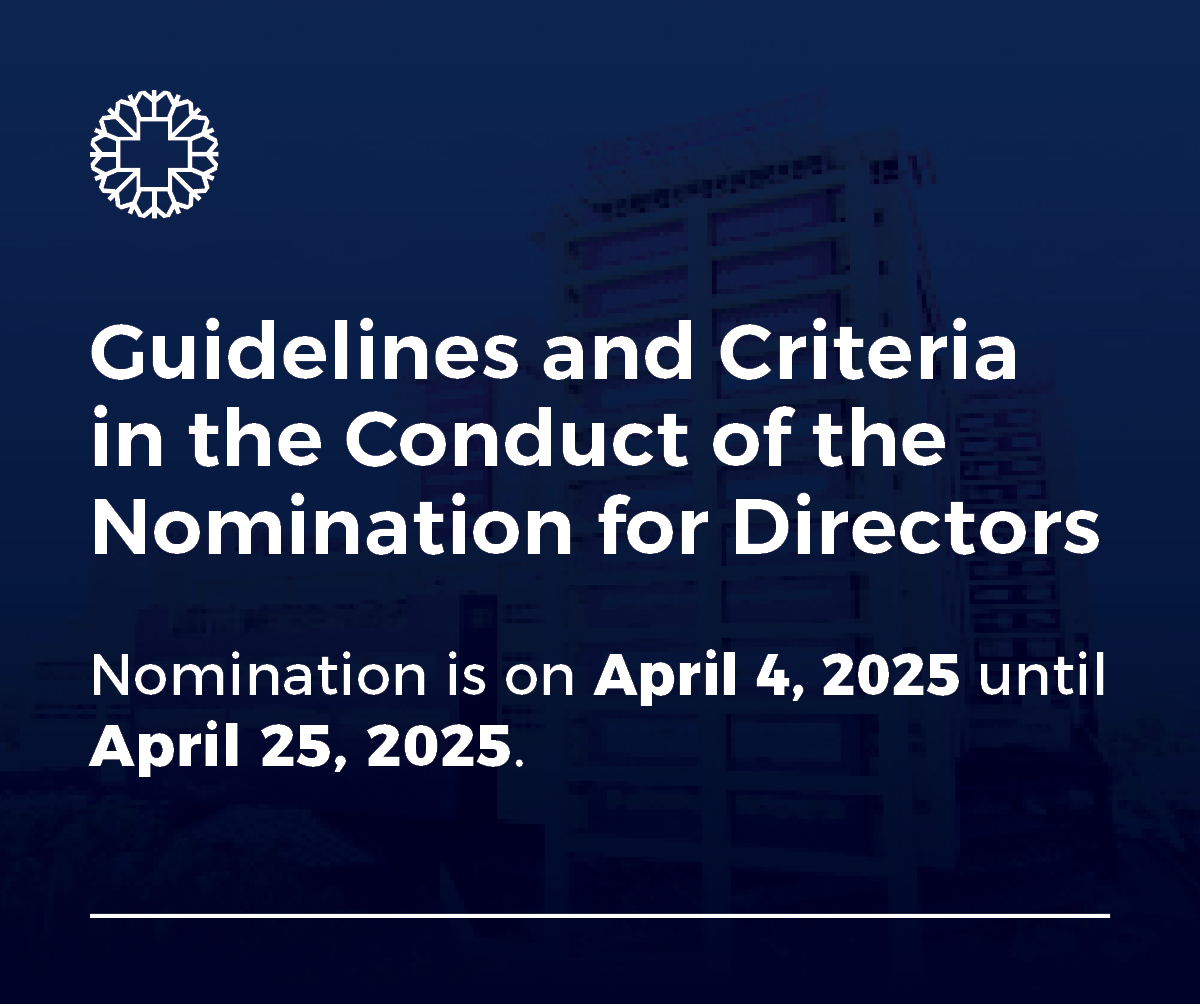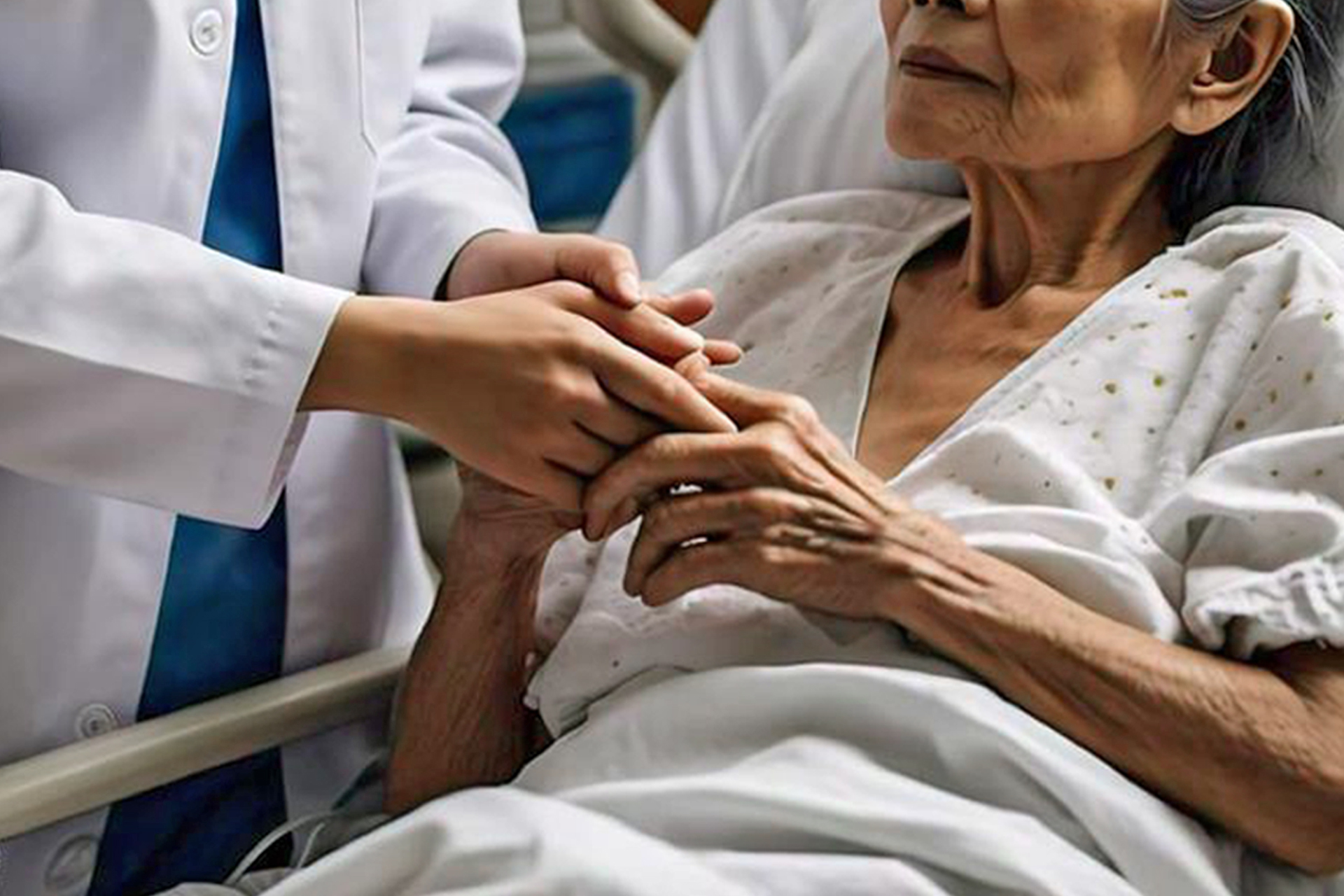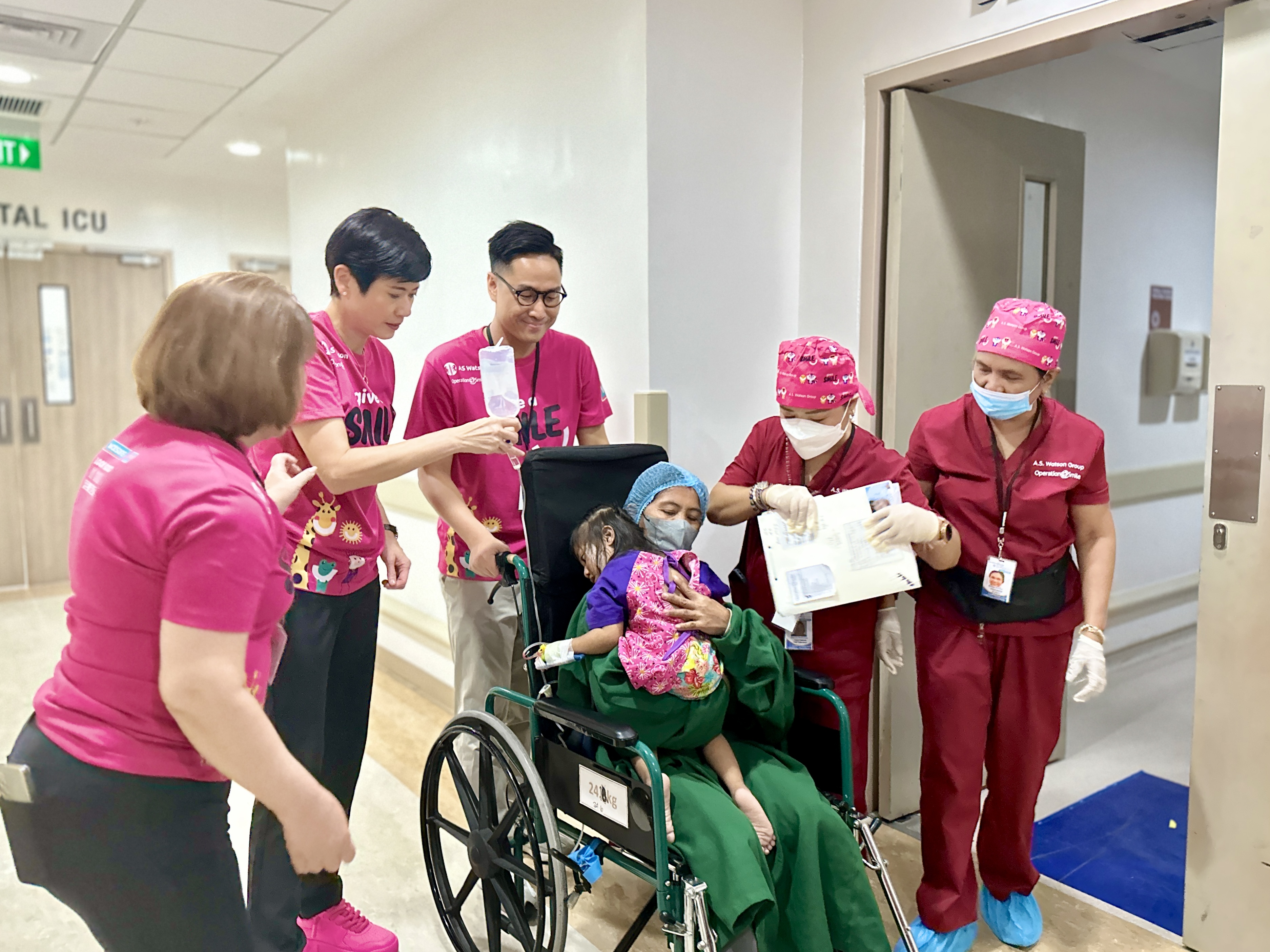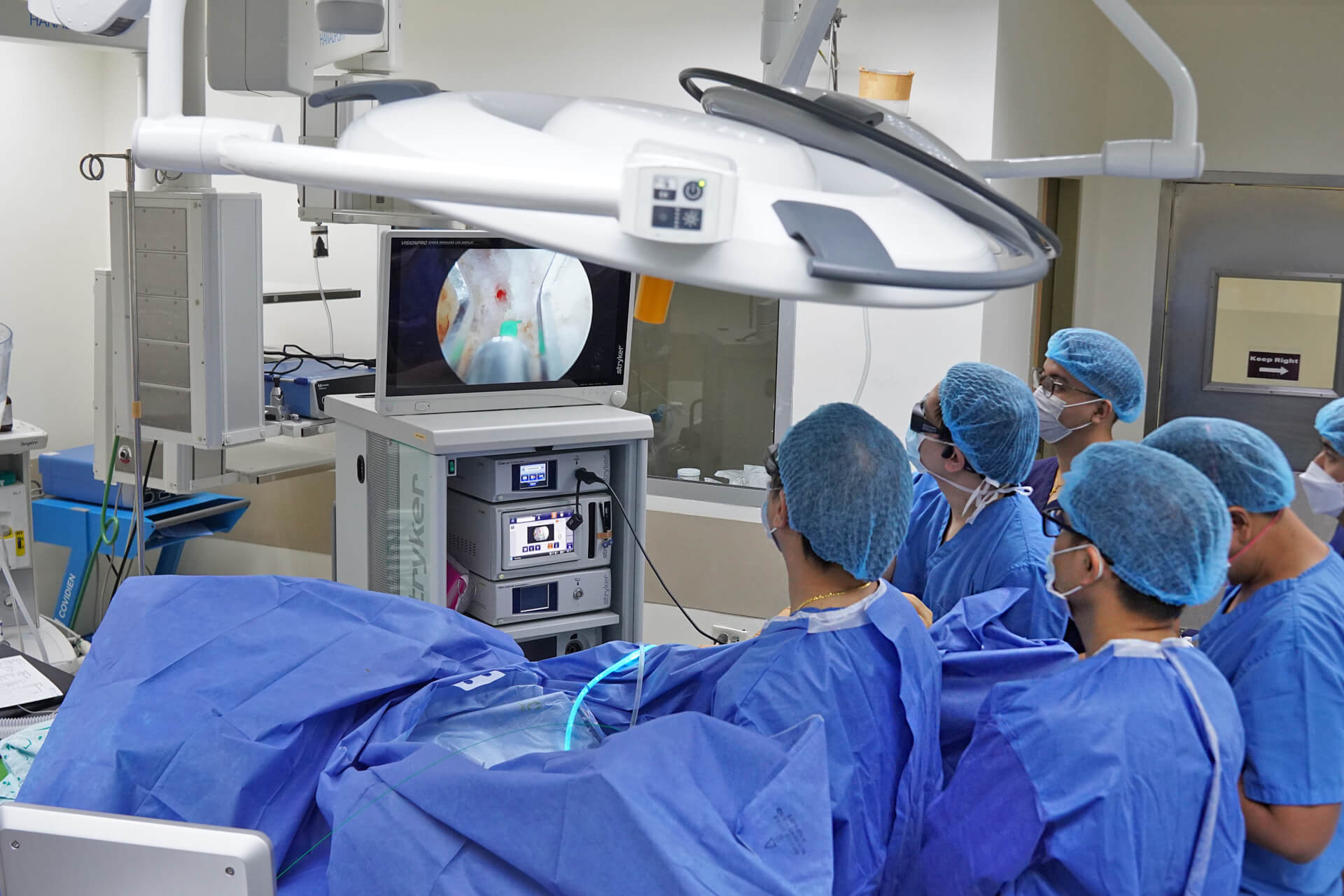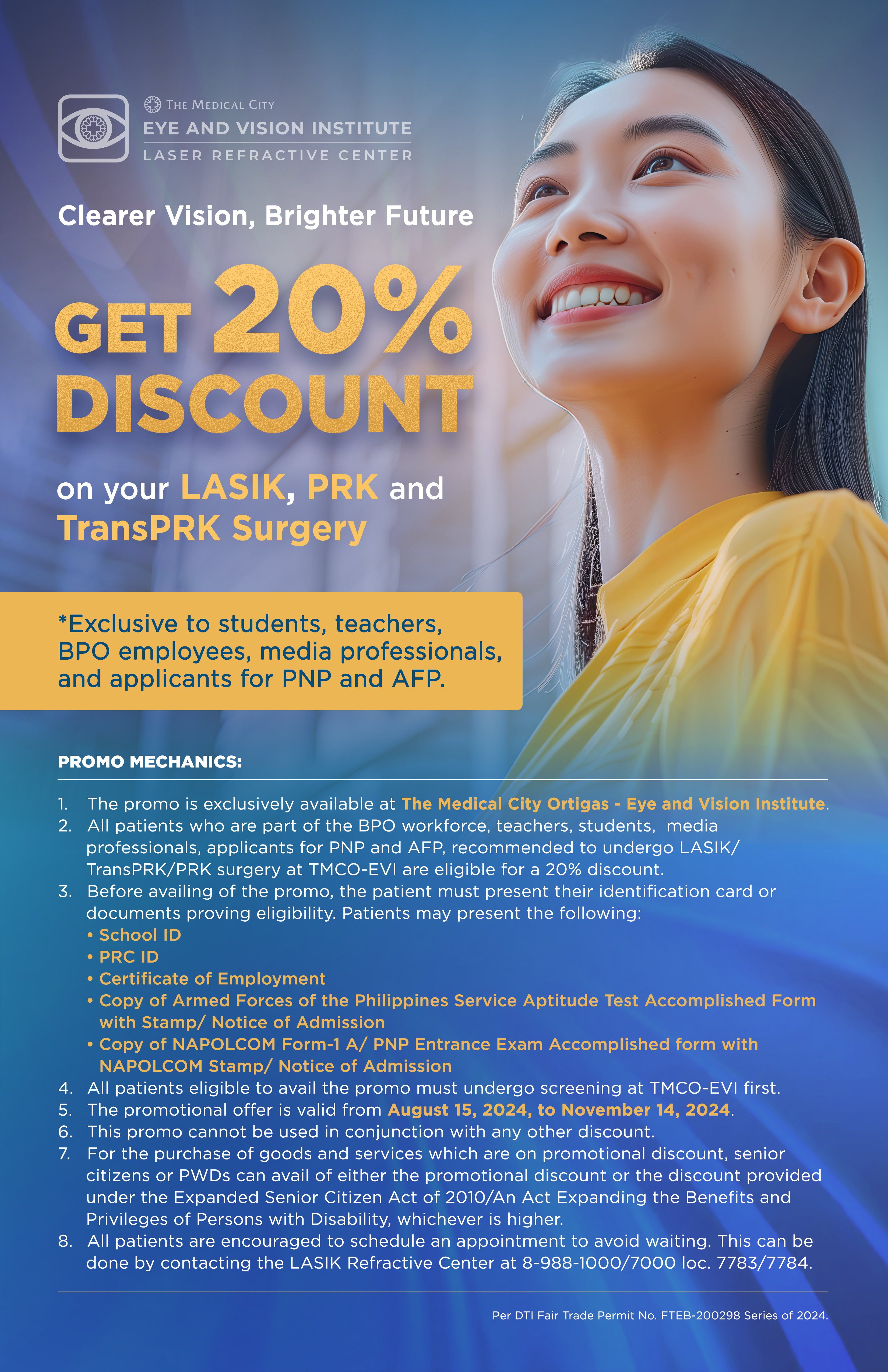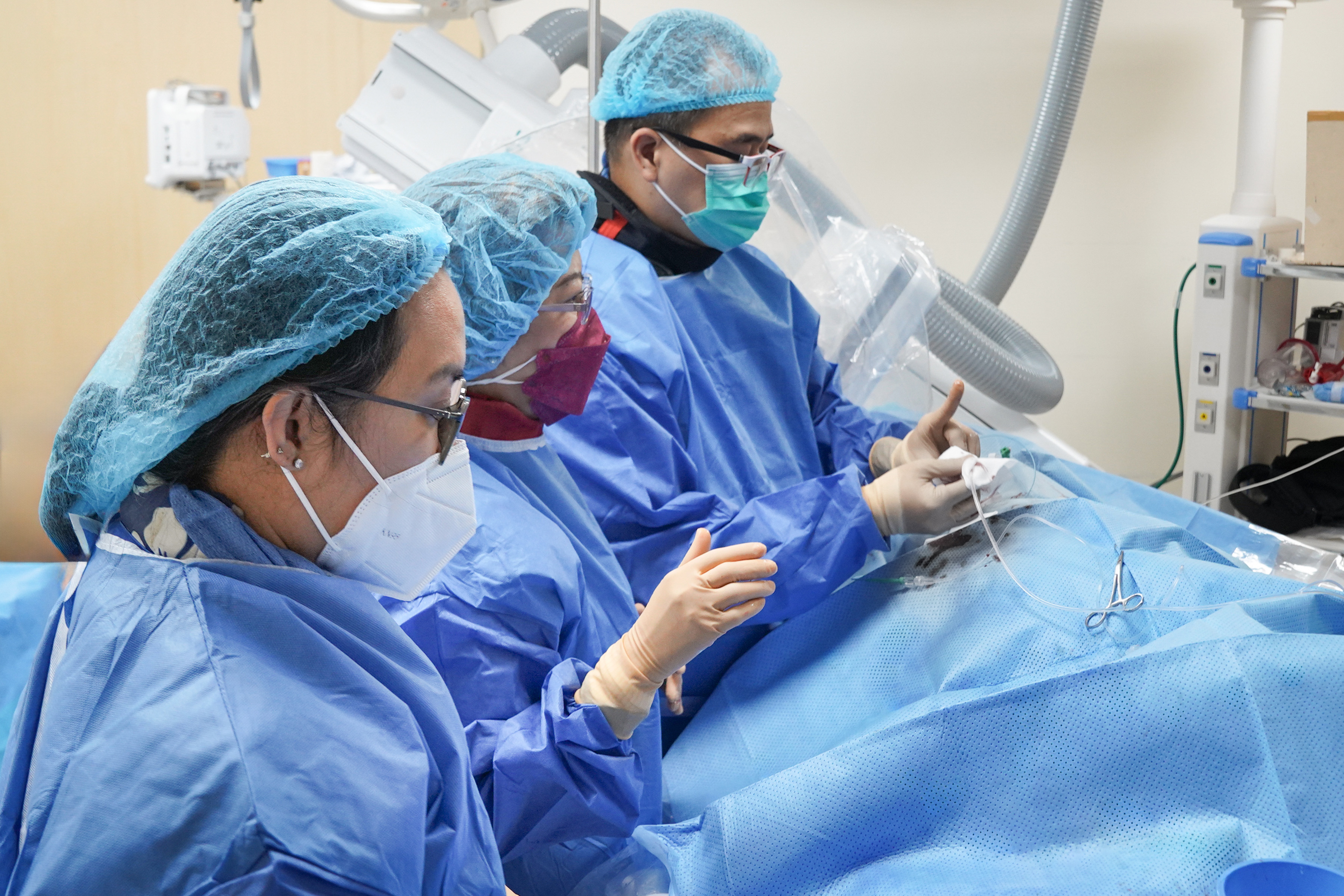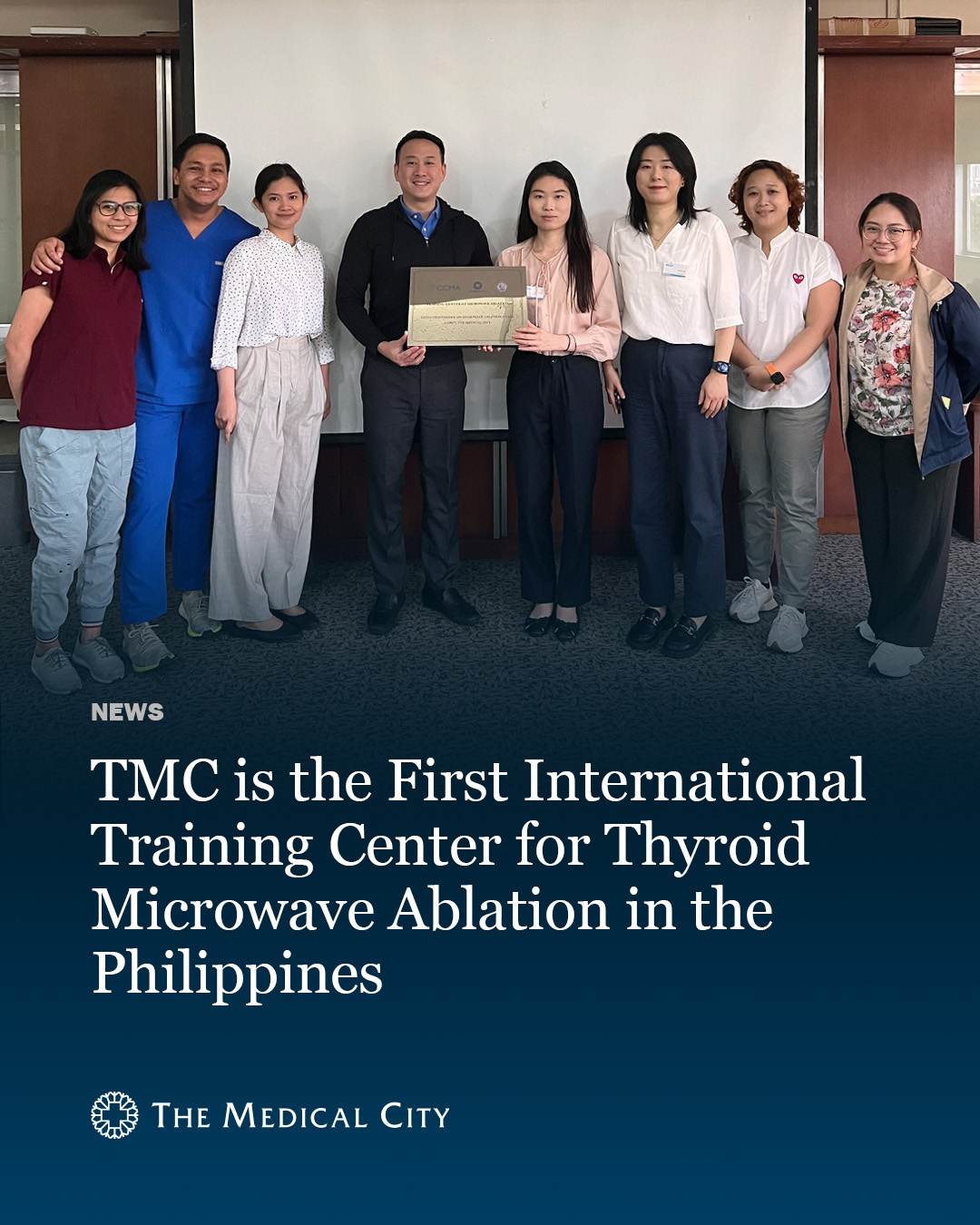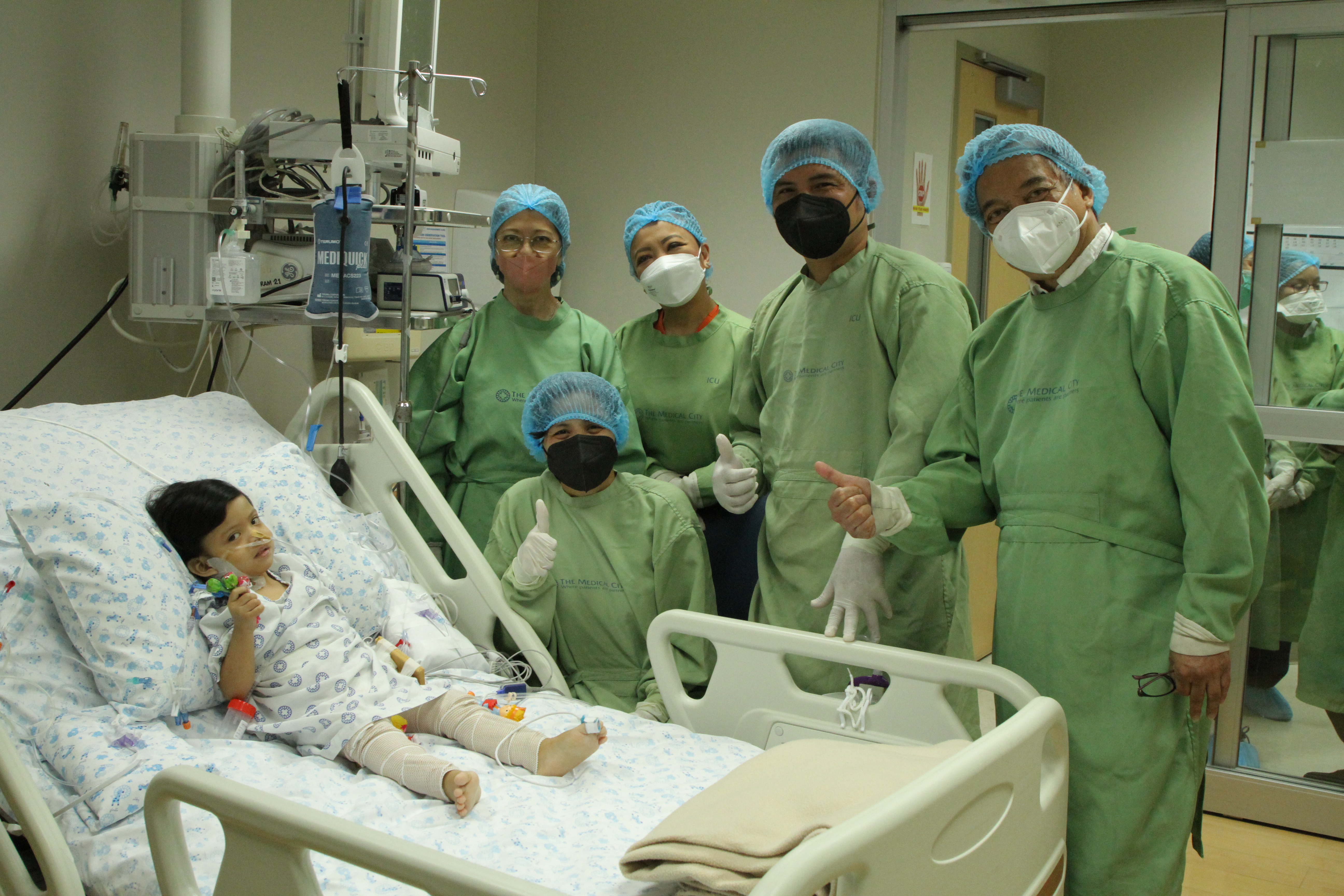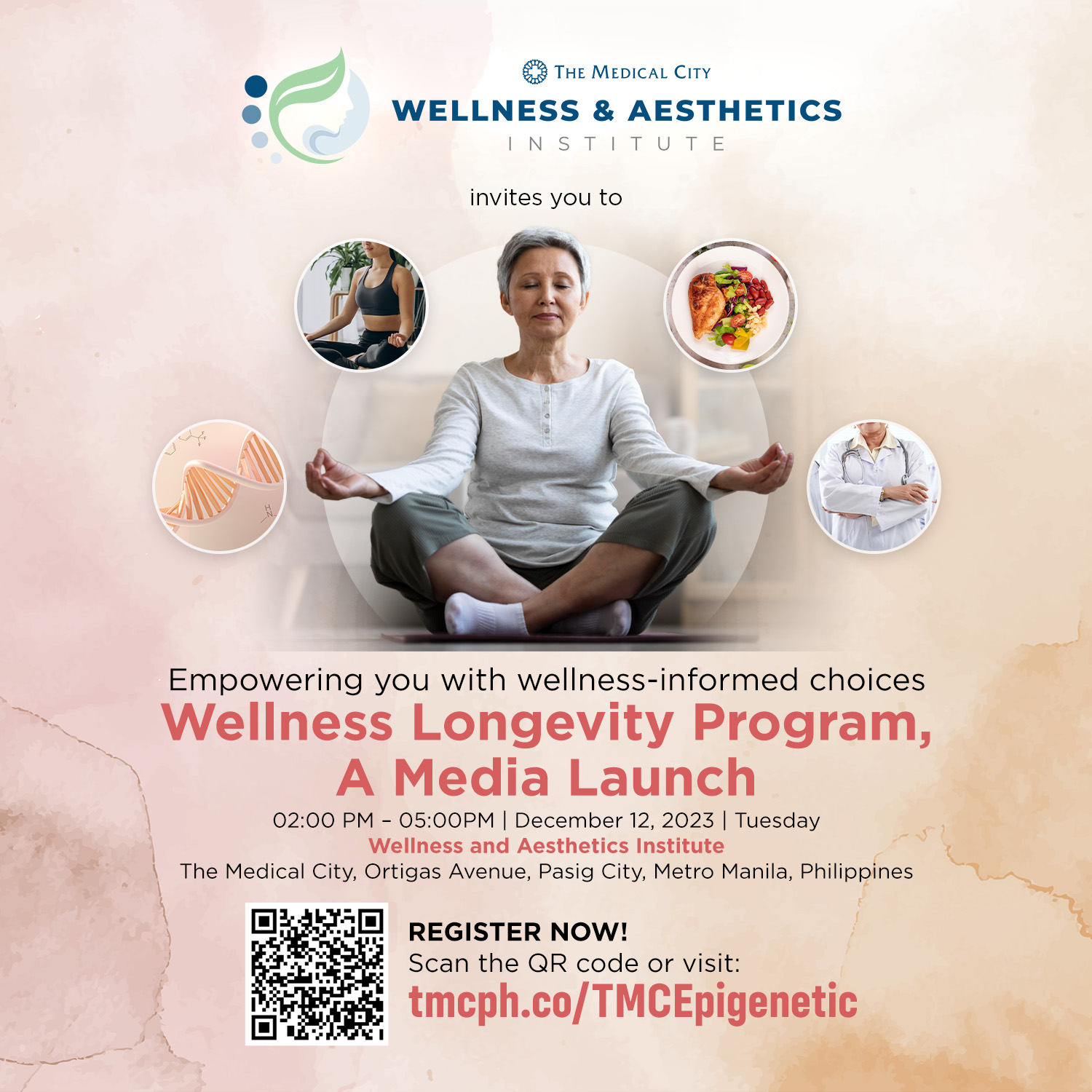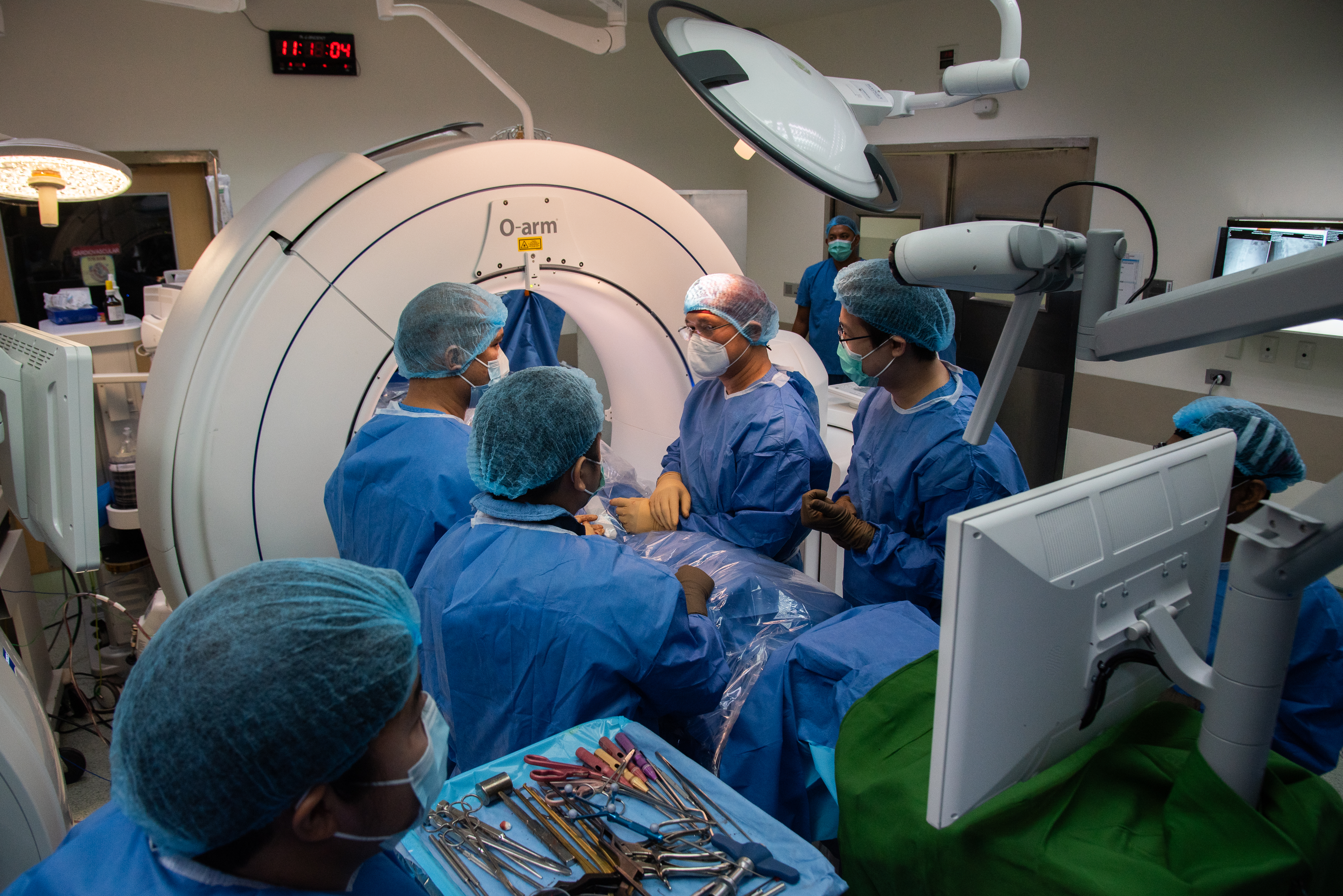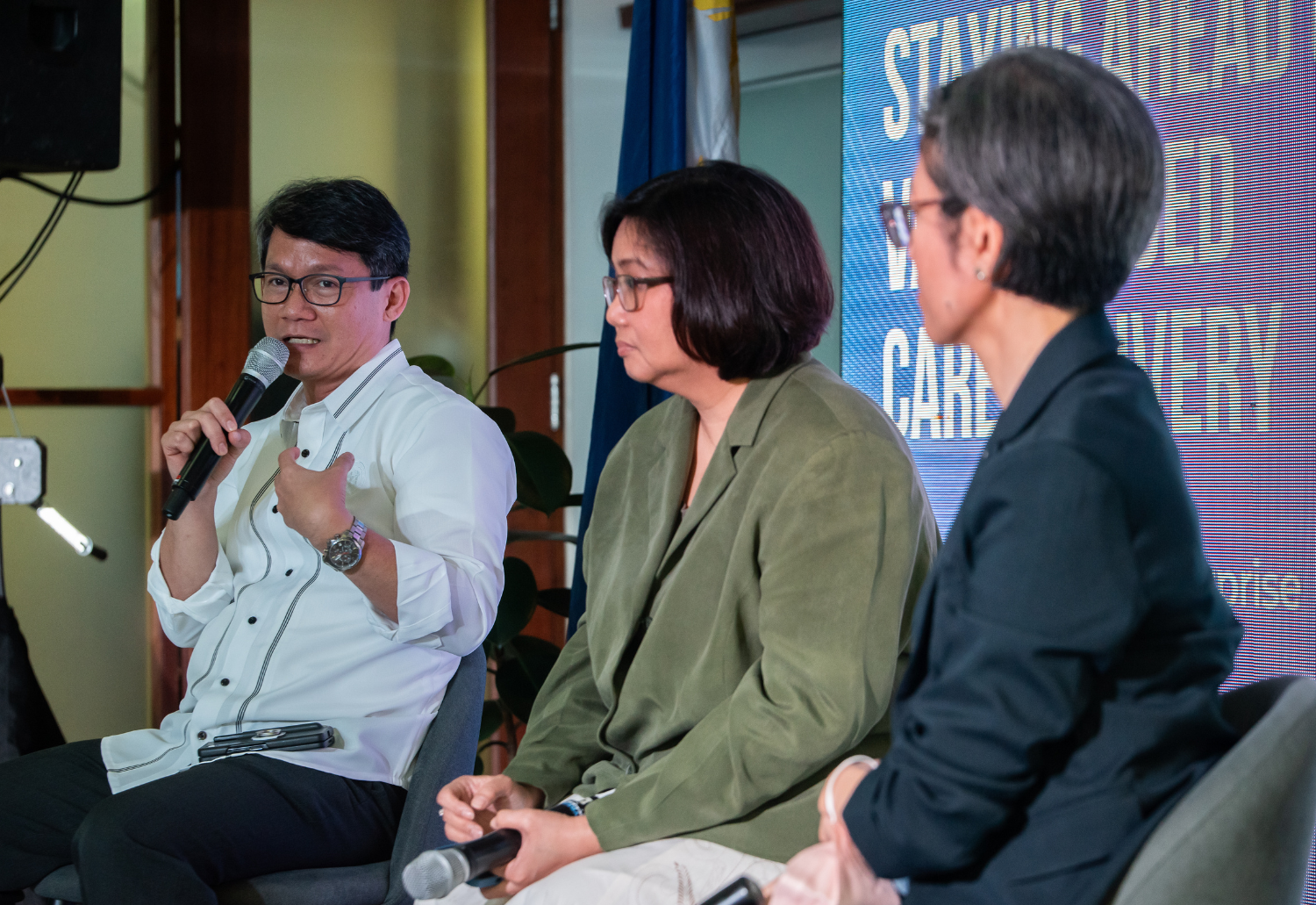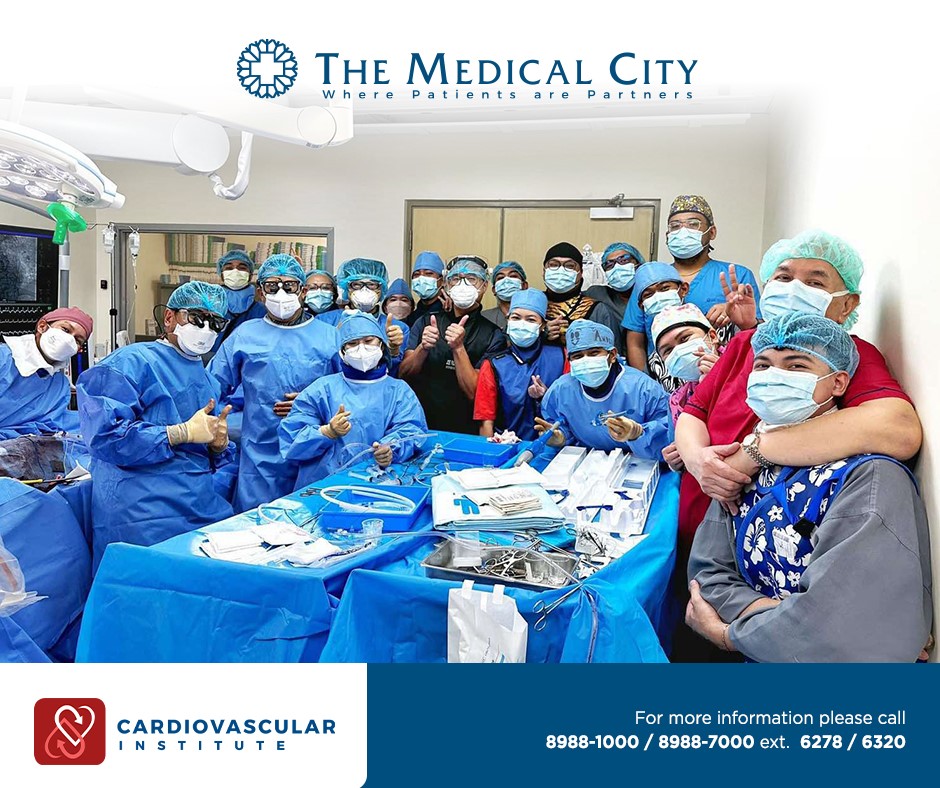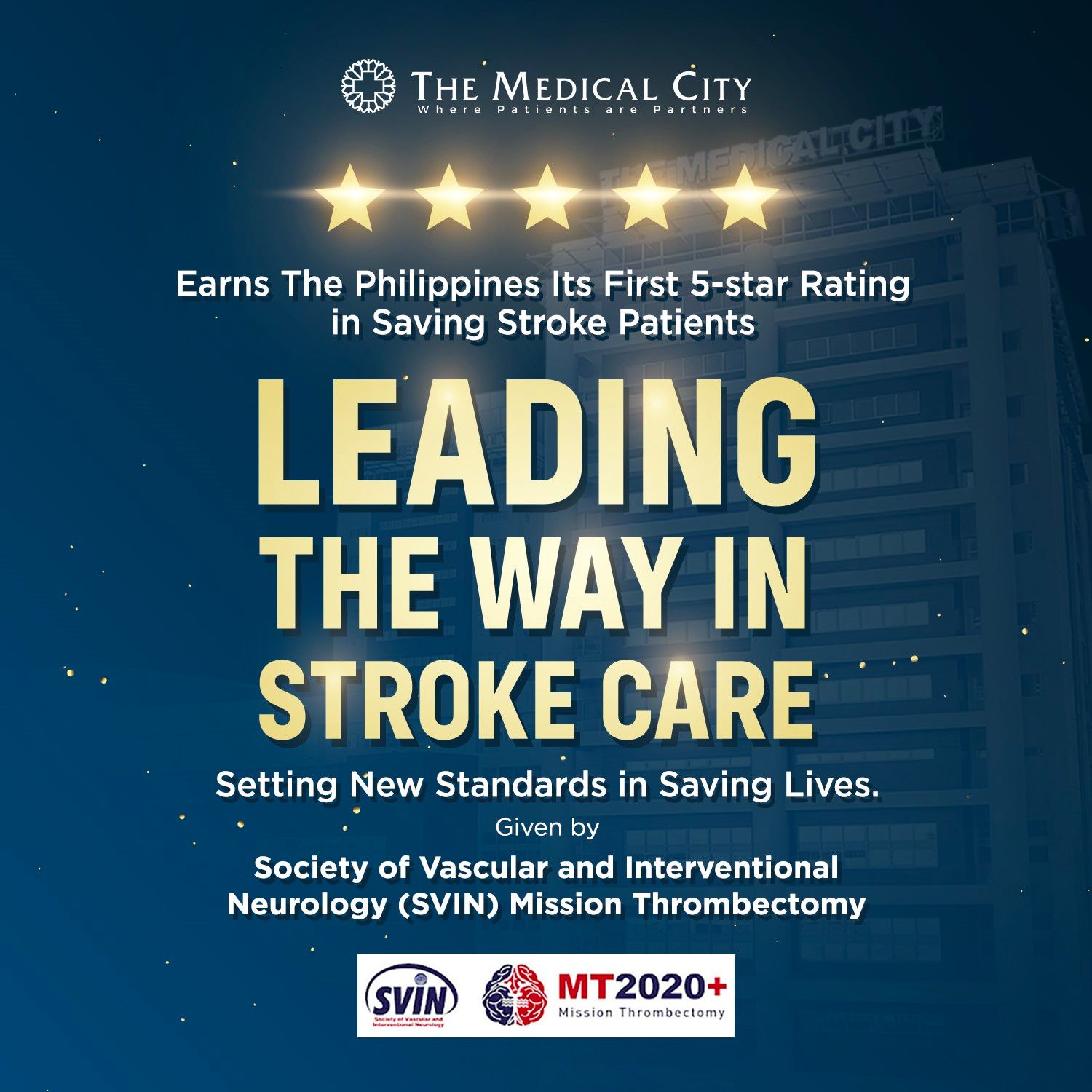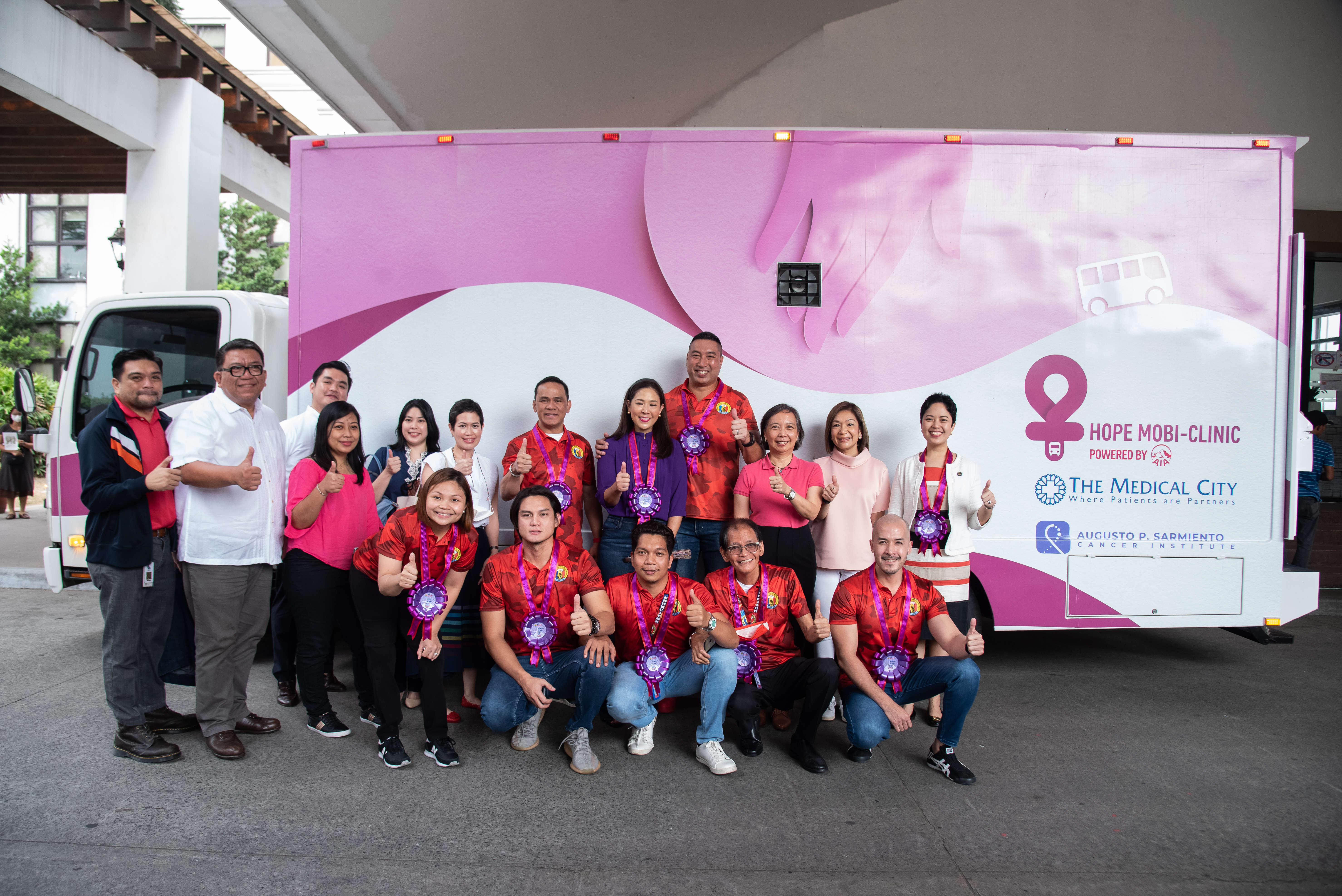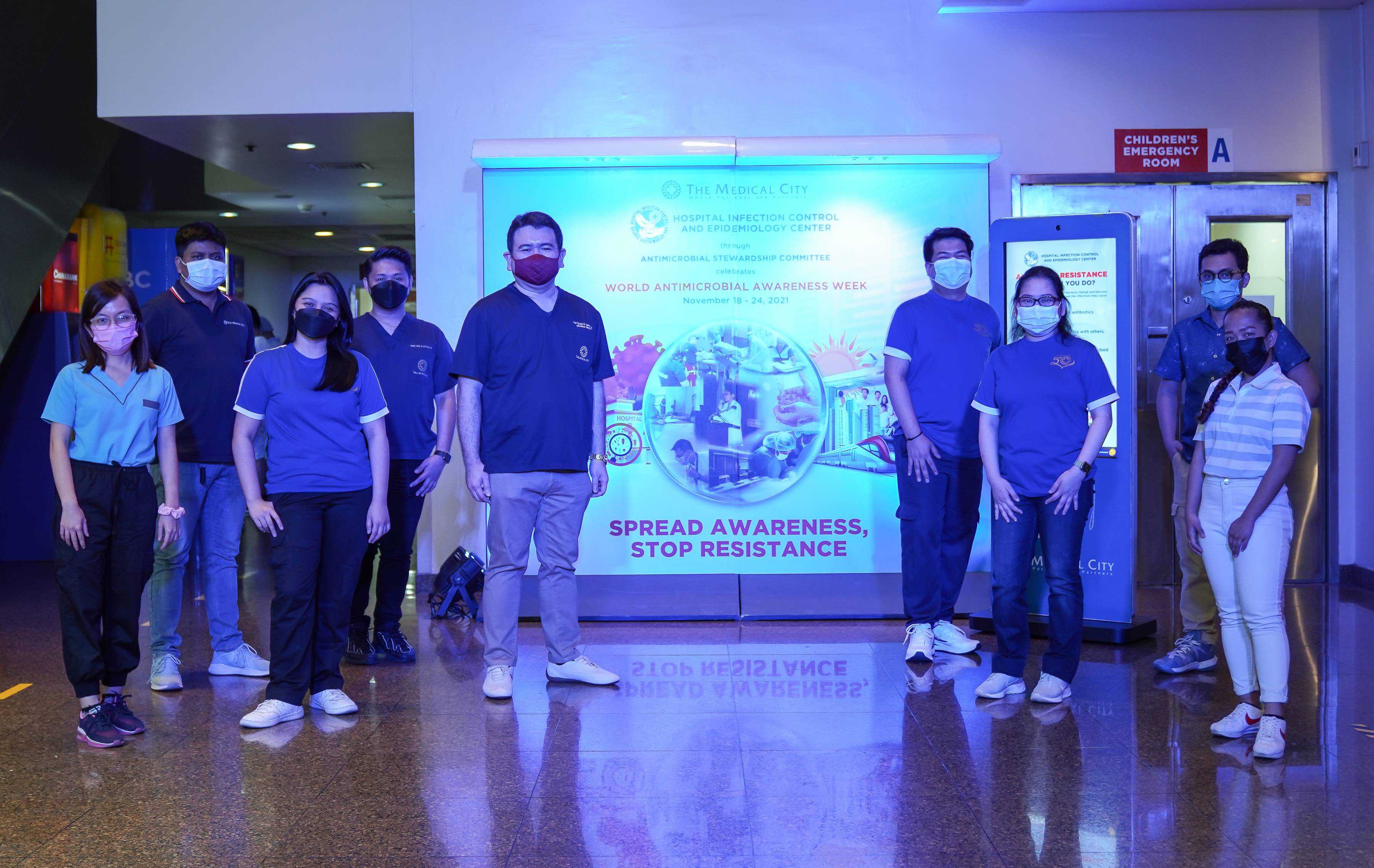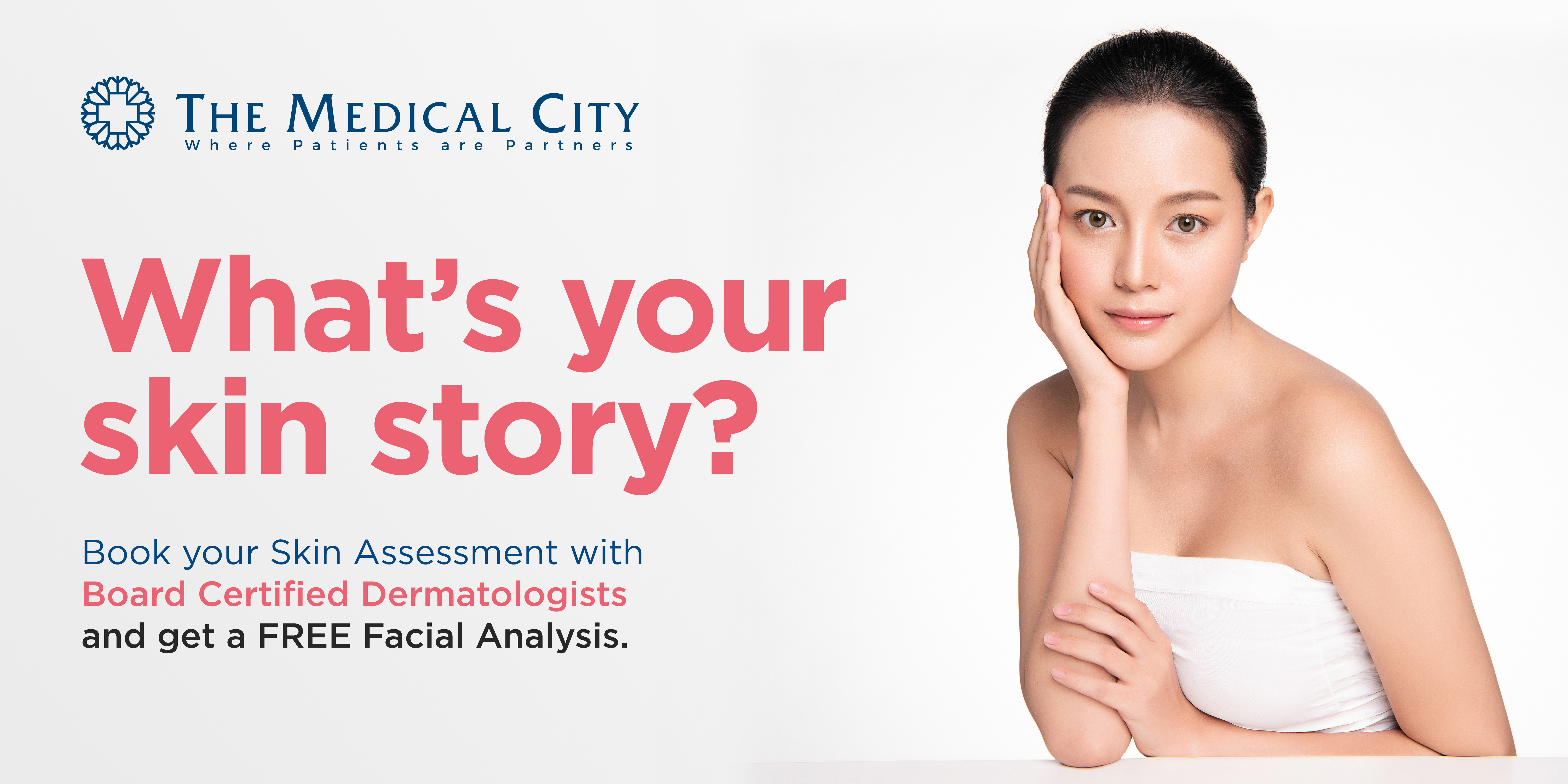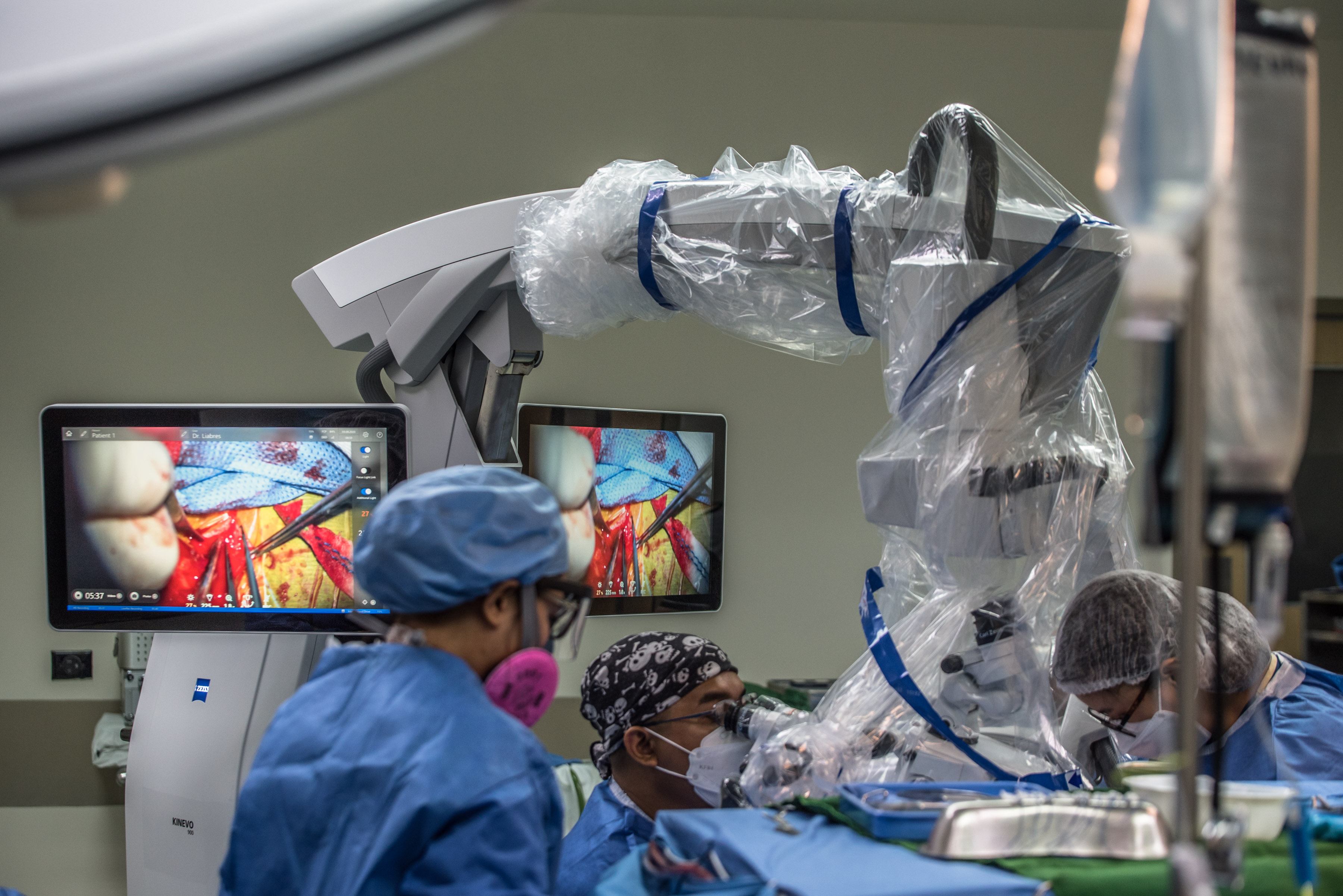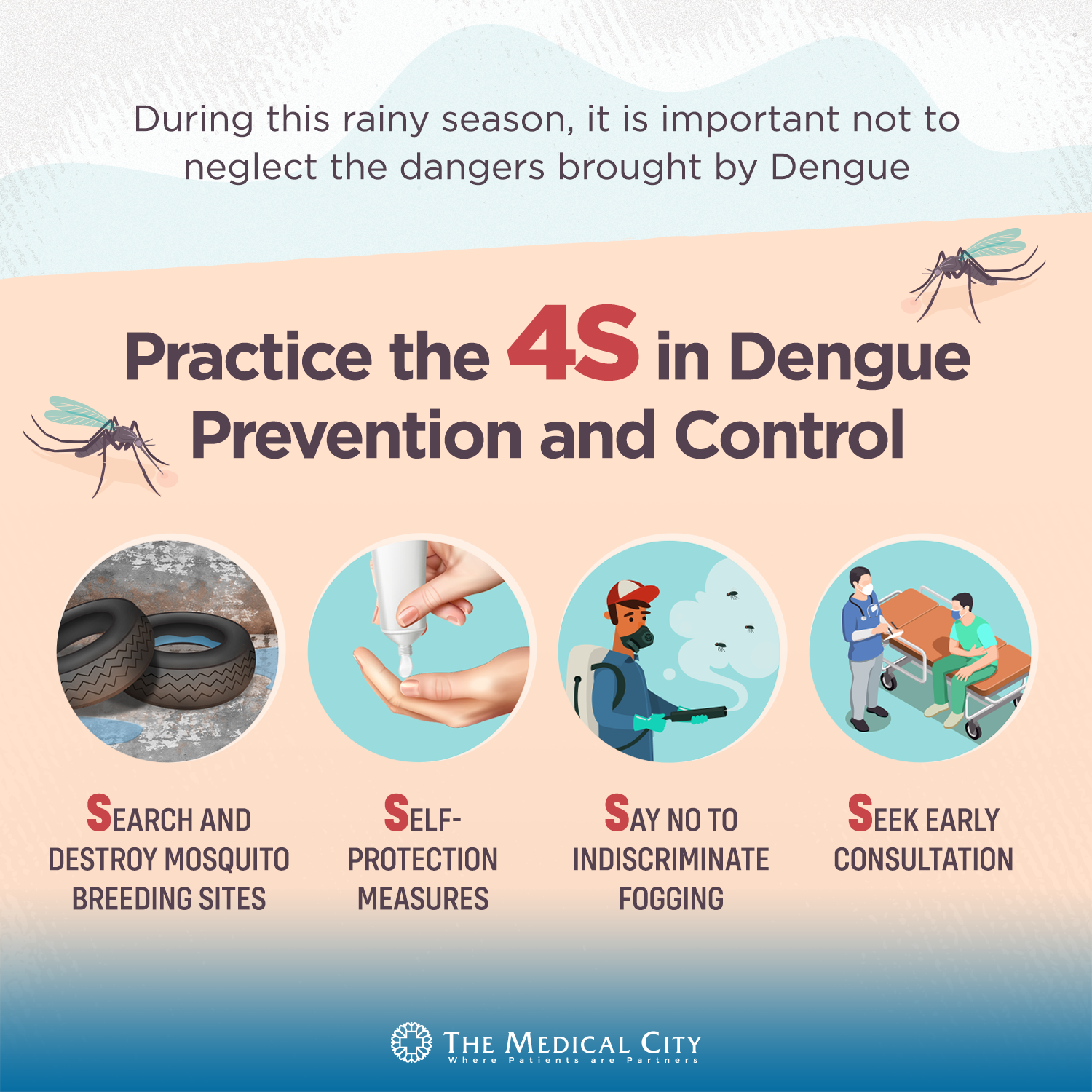COVID-19 Online Screening Tool: Answer on your smartphones or computers within 24 hours prior to your visit to The Medical City.
Get Youthful, Glowing Skin Without Surgery
By Allen Aguinaldo-Cabrera, MD | November 17, 2021

Say goodbye to aging skin!
Aging makes skin wrinkle, rough, hollow, change color, and lose elasticity. Most people start seeing these effects as early as their 30s.
The lucky ones age at a slower pace. Others do so faster. It all depends on extrinsic and intrinsic factors.
Extrinsic factors come from the environment, like exposure to sunlight, stress, smoking and other lifestyle causes.
Intrinsic factors are genetic. This involves not only the skin but other structural components like bone, muscle, and fat. Aging leads to bone resorption (when bone recedes and retrudes) due to osteoporosis, reduced volume in the subcutaneous fat, and muscle contraction that produces fatigue, skin sagging, and signs of fatigue.
Thanks to media, people turn to less invasive aesthetic procedures like injectables that give the most natural effects.
The past three decades has seen a rise in these minimally invasive procedures for facial rejuvenation. The simplicity of the process, and the minimal downtime have contributed to its popularity.
Dermal filler injections help restore skin volume. Dermal fillers are gel-like materials injected under the skin to fill up the wrinkles and restore volume that we lose during aging. It fills hollow sunken areas and wrinkles on the face or hands to make you look younger. It is a minimally invasive procedure that rejuvenates dark circles around the eyes, neck, hands and help contour the lips. These are small procedures with small changes that will make you look less tired, and more refreshed.
Fillers are composed of several compounds, the most used of which is hyaluronic acid. This natural compound is found in our skin, eyes, and joints. Hyaluronic acid when injected gives a very natural appearance and can be dissolved when patient dislikes the results.
Other available fillers are Poly-L-Lactic acid and Calcium hydroxylapatite. Poly-L-lactic acid is a synthetic filler that stimulates production of our own collagen under the skin after months of injection with the filler. Calcium hydroxylapatite is found in our bones and is proven safe and biocompatible.
A little swelling, redness and bruising are normal after the injection. These will slowly subside in a few days, and be totally gone in two weeks.
A board-certified dermatologist will assess your facial anatomy and recommend the right filler for you.
Results are visible after injection, although the outcome comes two weeks after the procedure, after the skin has fully absorbed the substance. It is important that you come back two weeks after the procedure to see if any touch ups are needed.
Duration of the results depends on the kind of fillers used, but it usually lasts for 12 to 18 months.
Dermal fillers are not for everybody. Those with a history of autoimmune diseases like rheumatoid arthritis, juvenile rheumatoid arthritis, scleroderma (including CREST), systemic or discoid lupus erythematosus, dermatomyositis or polymyositis cannot have them. It is also contraindicated for those with a history of anaphylactoid shock or severe allergic reaction.
Botox injection is another minimally invasive procedure for facial rejuvenation. Small amounts of purified botulinum toxin are injected into a muscle to relax thus making skin smoother and tighter.
Botox is a quick treatment for wrinkles on the forehead and around the eyes. It also contours the face and makes it slimmer. It makes the nose look more refined as well.
Other non-cosmetic uses of botulinum injection are the treatment of hyperhidrosis or too much sweating especially in the armpits, pores, keloid, flushing and redness. The effect lasts six to eight months.
After treatment, you are barred from touching treated areas. Neither should you engage in strenuous activity at least 24 hours after injection.
Botox injection, like dermal fillers, is not for everyone. It isn’t safe for pregnant and nursing women as well as those with neurologic diseases like acute spinal cord injury, Alzheimer’s Disease, Amyotrophic Lateral Sclerosis (ALS), ataxia, Bell’s Palsy, brain tumor, cerebral aneurysm, epilepsy and seizures and others.
Botox can be combined with dermal fillers for best results. Soft tissue fillers last longer when injected in immobile areas. Hence, injected fillers last longer when muscles are relaxed. Botox and dermal filler injections are safe and can be done two weeks apart. Lasers and tightening machines can also be used two weeks after botox injection.
Say goodbye to aging skin.
Botox and dermal fillers are among the non-surgical dermatologic procedures available at the Aesthetics Center of The Medical City Wellness and Aesthetics Institute. The center has the ambiance of a hotel and spa and ensures that clients can have their procedures done in complete privacy. All treatments, procedures, and surgeries are conducted within the Aesthetics Center for total privacy and safety from airborne diseases and cross-contamination.
The center’s highly-qualified and board-certified dermatologists will help you achieve your beauty goals in the safest way possible. Call The Medical City Aesthetics Center at 89881000 or 89887000 ext. 6588 or 6592.

Allen Aguinaldo-Cabrera, MD is a member of the Philippine Dermatological Society who has been practicing Botox and Soft Tissue Fillers treatment for 20 years. Dr. Cabrera is a Key Opinion Leader and sought-after conference speaker here and abroad on topics related to these procedures. She also authored a chapter on Nueromodulators / Botox in the book “Handbook on Dermatology” copyright 2016.
Related News SEE ALL NEWS

Health
The Gift of a Second Life
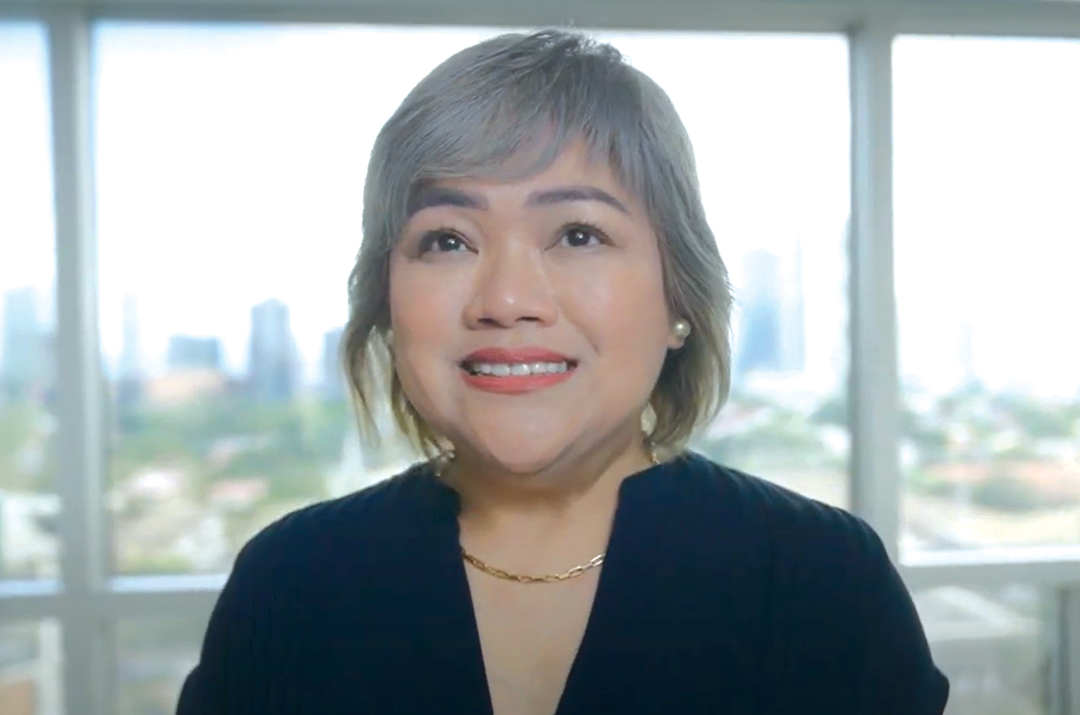
Health #MyTMCExperience Press Room
She Thought It Was Just Heartburn—It Was Actually a Heart Attack
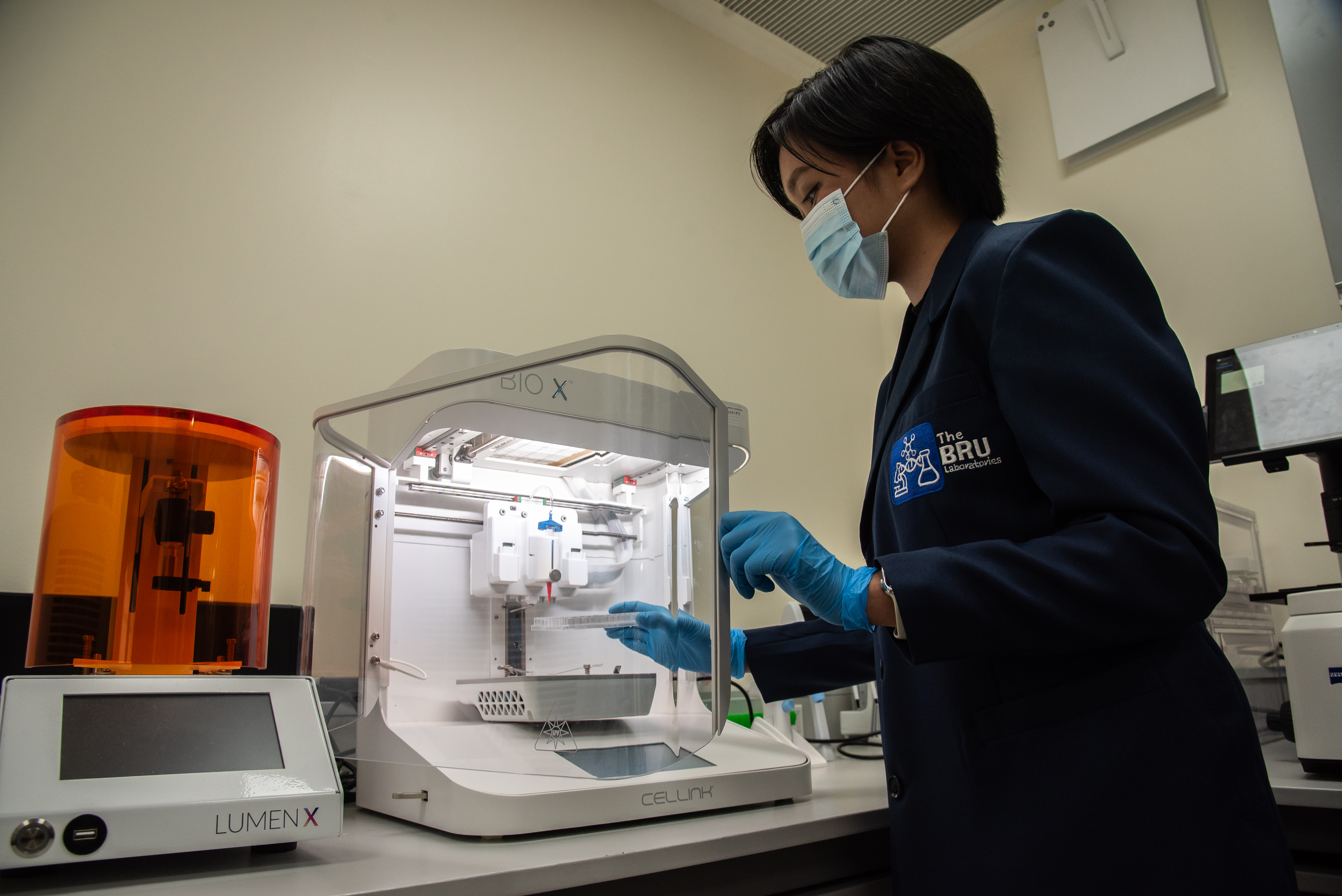
Health Research
Tissue Engineering for a Future without Organ Shortages
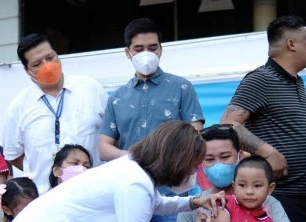
Health Press Room
Chikiting Ligtas: Addressing the Gap in Immunization Coverage

Health Corporate
Notice to the Shareholders of Professional Services Inc. (PSI)

Health Corporate
Notice to the Shareholders of Professional Services Inc. (PSI)

Health Corporate
Notice to the Shareholders of Professional Services, Inc. (PSI)

Health #MyTMCExperience
Friendship goals: See the world better, TOGETHER

Health #MyTMCExperience
#MyTMCexperience: Rod Cruz

Health TeleHealth COVID-19
Back to Health, Back to the City
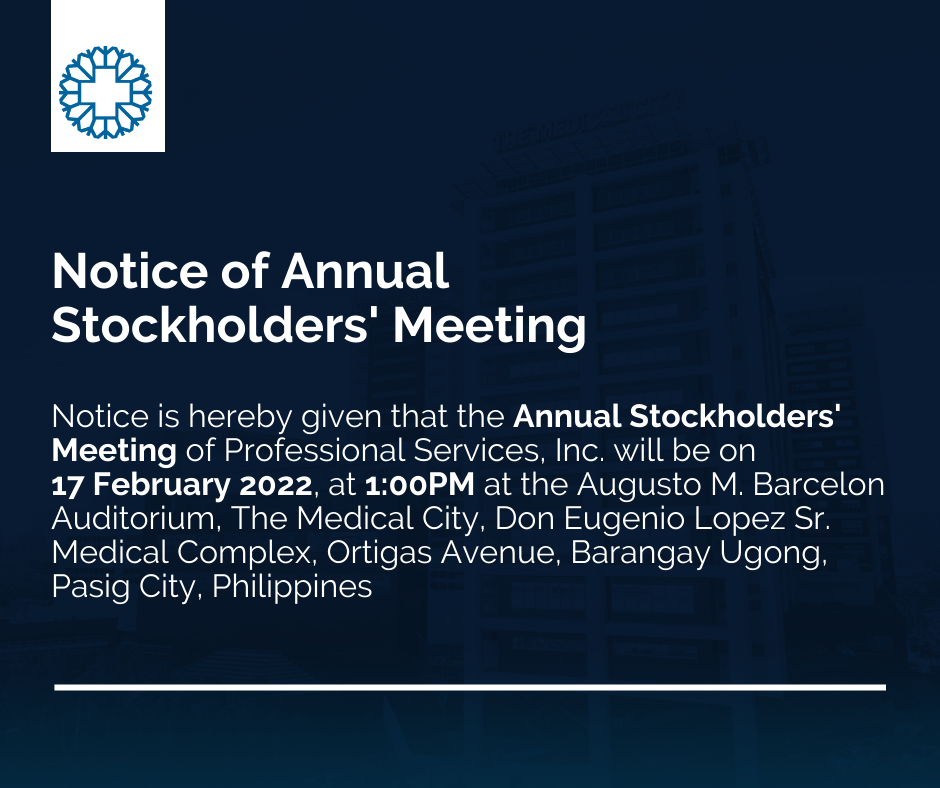
Health Corporate Advisories
Notice of Annual Meeting of Stockholders
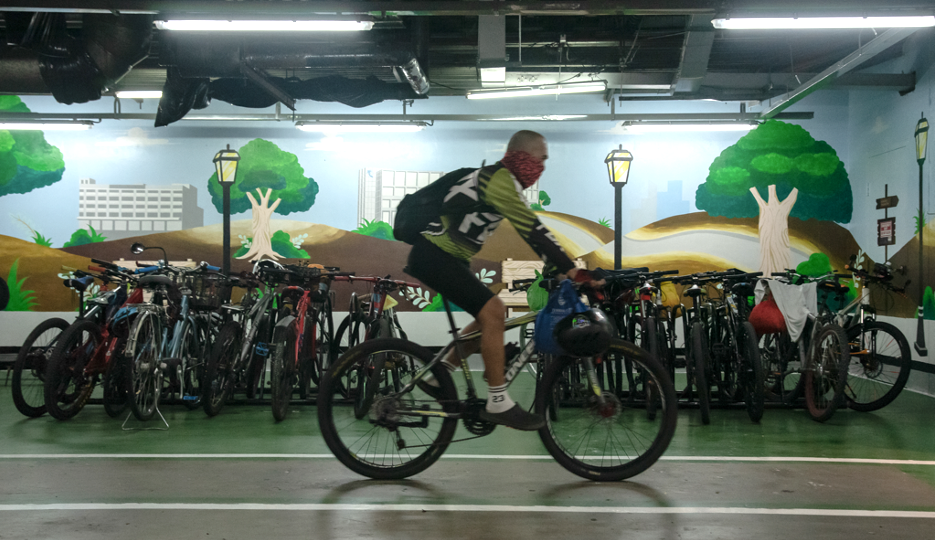
Health Corporate
Pedalling through Safety

Health
Diabetes and COVID-19

Health
FAQs on Patient Portal

Health
2021 Holy Week Schedule

Health
How serious is fatty liver?
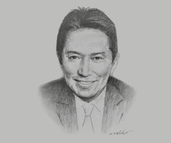
Health Desk of the President
Oxford Business Group: The Report 2021 - Addressing the Gaps

Health TeleHealth
Need an advice from an Orthopedic Specialist?

Health
Welcome 2021 in good health
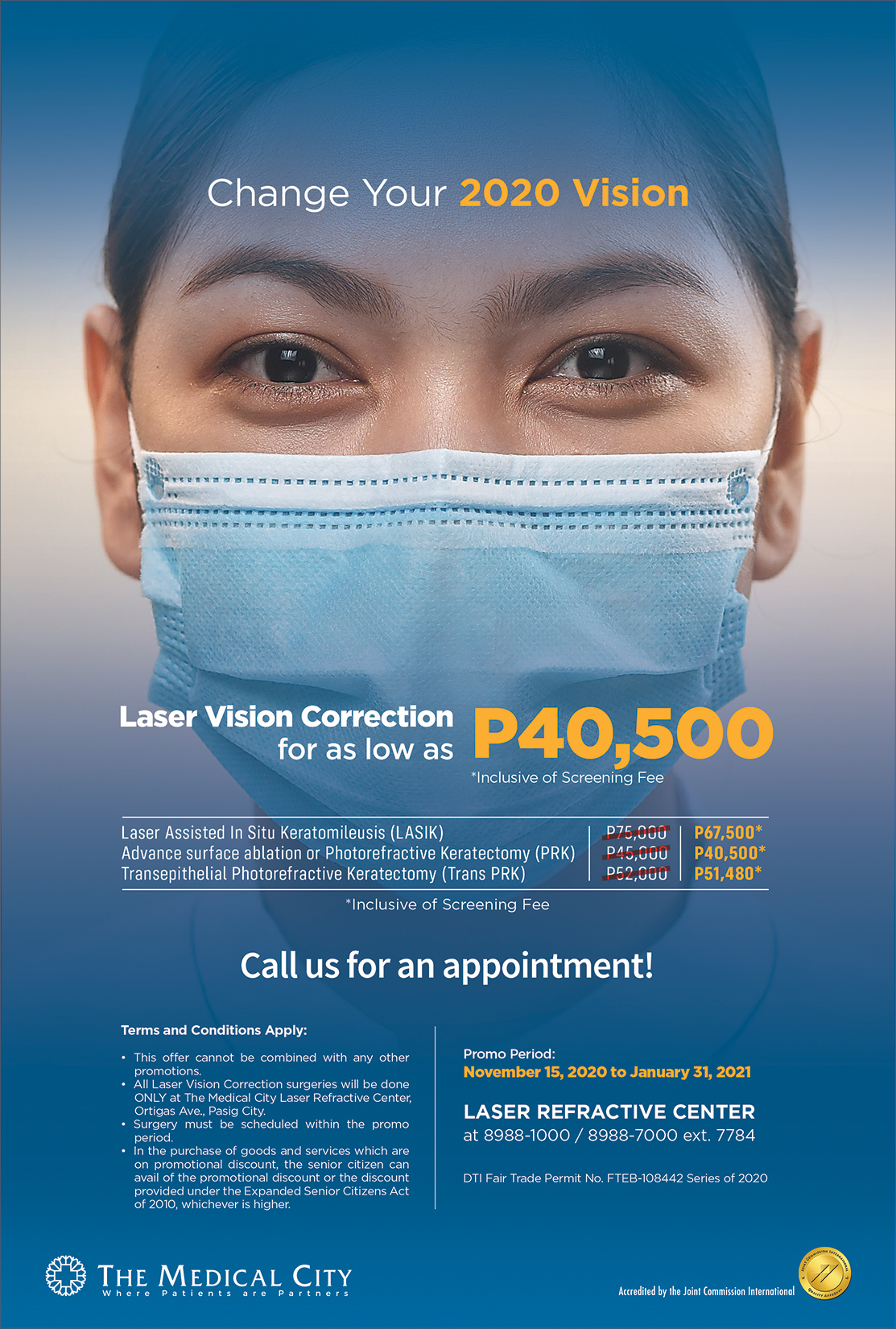
Health
Change Your 2020 Vision

Health COVID-19
Convalescent Plasma Donation for COVID–19 Survivors

Health
FAQs on TMC Drive-thru Lab

Health
Be in and out in 90 minutes

Health
Schooling in the New Normal

Health
TMC Lab on Wheels

Health
Autism

Health
Eye Health in Computer Work

Health
Speech Delay
Copyright © 2020 The Medical City. All rights reserved.

